|
Contributed post. Academic achievements are not easily earned. And there is a lot of pressure on kids these days to do better at school. But pressure doesn’t help. So, from being supportive of failures to rewarding effort, here are some valuable insights into helping your kids do better at school.
Commit to External Support A lot of children need extra support when it comes to school. Every child is different, and they all learn at different speeds and levels. Many parents find it helpful to hire extra support, such as math tutors or language teachers. This is an excellent way to boost a child’s understanding. But what of SEN kids? Fortunately, there are special people, like an autism therapist, who can help. Individual focus on your child will help them reach their full potential for better school results. Teach that Failure is Part of Learning When you fail at something, you only learn another way, and it can’t be done. That’s it! Failure is a part of learning and should be accepted as doing something right but without the intended results. Nobody is born with the ability to do something, and we all start somewhere. Remember, “if at first you don’t succeed?”. Children will fail at things. You can encourage them to get back on the horse and give it another go. This builds confidence and child positivity. Academic Achievements through Self-Care Further to anxiety, just like adults, children feel this terrible emotion too! One study found that 33% of students potentially become anxious to the point where it affects their classroom performance. We must pay as much attention to the mental well-being of children as we do to ourselves. Teaching kids some self-care practices, such as stress reduction and recognizing their emotions, will help them overcome anxiety. A good skill they can use throughout life! Reward the Effort Instead of Punishing the Grade Is it really worth adding to the stress a child is feeling by criticizing grades? When children put the effort into something, they must be praised for it. Making them feel bad for not getting the result you want will only discourage them from trying. However, recognizing how hard they have worked gives them the confidence boost they need to keep trying. Who knows, they might just get that better grade next time. But they won’t if you only put them down after the first try! Encourage a Learning Mindset Most kids will want to play all the time. Today, that means video games, a favorite sport, or scrolling social media! So, instead, they must be encouraged to learn in and out of class. Limiting screen time in favor of a book lesson will help them improve reading, writing, and language skills without even realizing it! This needs to be something they enjoy. Laying down the rules for a certain amount of studying each day will also help them comprehend. SummaryFinding extra support for your kids can help encourage academic achievements. Self-care is also vital and will help children manage emotions such as anxiety in a better way. It also helps to promote a learning mindset where the kids choose mental stimulation over pastimes.
1 Comment
Volcanos. Glaciers. Whales. Geothermal pools. And SO so so many breathtaking waterfalls. Iceland is a nature lover's paradise, a quick flight from NYC area, and everyone speaks English fluently (more or less)! If the Land of Fire & Ice is not on your travel bucket list yet, I hope this blog post inspires you to add it right at the top!
While most travelers plan their Iceland trip during their more temperate summer months, I'm thrilled to show you why spring is perhaps the BEST time to visit Iceland (spoiler: there are zero crowds, there are gorgeous snowy landscapes galore, and you'll have enough night time for Northern Lights but long enough daylight for 12+hr sightseeing days). I'll share every aspect of my family's Iceland itinerary so you can quickly copycat our multigenerational family vacation, and I will include tons of tips and things to consider when planning and customizing your trip. If you want to sit back and be entertained with beautiful footage of Iceland, watch our 3-part youtube series first! Then read on for all of the details!!
Disclaimer: This post is not sponsored but we were provided some tickets free to in exchange for including them in our vacation guide, and they're noted below. This post also contains some affiliate links below, noted with ** - as an Amazon Associate, I receive commission from purchases made after clicking those links.
FLIGHTS:
Flight times and prices will vary depending on your home airport and time of year, but I was able to find $280 roundtrip direct flights on Iceland's budget carrier, Play Airlines, for my family flying from Stewart International Airport in Newburgh NY (1 hr from NYC) to Reykjavik. INCREDIBLE!! It was about 4 hours there and 6 hours back, an easy peasy flight from the US east cost!
When on Play's website, play around (see what I did there LOL) with the dates to find the best fare, and definitely also check out Kayak and Google Flights to compare with larger carriers. Think of how much baggage you'll need to bring and calculate that into your total cost. For example, with Play, only a "personal item" (SMALL backpack) is included in the lowest fare ticket. My family purchased ONE checked bag to share, and it was an amazing deal for us! But if your family needs a checked bag for each person plus you want in-seat entertainment and meal service, a higher priced ticket with a traditional carrier might be a better deal.
If budget travel is your thing, make sure to come back and read these 2 blog posts (or click over and bookmark them now!):
ACCOMODATIONS:
We traveled with my parents (in their 70s) and our 3 kids (ages 8, 8, 11) and wanted to be together in a stair-free accommodation, so our needs were a bit exceptional. We decided to stay the entire trip in Reykjavik, because researching and finding a different place in each stop was too much of a headache. Plus, we didn't want to be driving a 10 passenger van all over, which would have been necessary to fit the 7 of us and our luggage. After hours and hours (no joke) of research, I booked a 3 bedroom 2 bathroom "Superior Apartment" with kitchen and balcony at Downtown Reykjavik Apartments on Booking.com**. It was PERFECTION! A true home away from home! It was very quiet while being centrally located in the city - just a 10 minute walk to the main street and bus depot. It was too cold to hang out on our 4th floor balcony but I set my alarm a few times each night to go out and look for Aurora and one night I actually did capture them on my phone from there!! They had an elevator, free wifi, we never had trouble finding a free parking spot, and there was a luggage room which worked out great because our flight arrived at 4:30am and our bus got us to the hotel at 8am but we couldn't check into our room until 3pm LOL! Just dropped our bags off, bundled up, and headed to breakfast at Sundholt Bakery followed by a FULL day on our feet sightseeing (more on that below)! If looking for a house, Airbnb** and VRBO** are great places to search.
Our 5-7 day Iceland Itinerary:
BLUE CAR RENTAL:
Figuring out who to rent a car from was another hours upon hours of research I put into our trip, but you can save yourself the hassle and just choose Blue Car Rental, which was amazing!!! AND you can save 5% with my commission earning affiliate code Usjapanfam by clicking this link**!! One thing that's so great about Blue Car Rental is they have an office at Keflavik Airport AND in downtown Reykjavik, so you can pickup and dropoff at either. Personally, we only used the city location because we wanted to get a 7-seater, which was just big enough for our group WITHOUT our luggage. The Kia Sorento was less than a year old, in perfect condition, and all of their cars have studded tires (see photo below!) so you don't have to worry so much about weather, well, not when it comes to the car anyway!
Car Rental Tips:
SELF-DRIVE ITINERARY:
Road Trip #1: Southern Golden Circle (12hrs)
Picked up our rental car at 8am and headed out bright and early... we all crashed at 6pm our first night so it was actually perfect, despite our bodies still being on Eastern Time (4 hours behind Iceland)!
Stop 1: Urriðafoss / Urridafoss Waterfall
Not super tall but large and powerful, very short path from parking lot i.e. you could do as few as 5-30 minutes here)
Stop 2: Lava Centre
An amazing hands on educational center that gifted us tickets in exchange for including them in our review. They had a beautiful volcano movie (with bean bags on the floor the kiddos loved) and so many exhibits where you could learn about how volcanos work, how Iceland is divided between 2 spreading tectonic plates so the country grows bigger at a rate of 2" per year! They even have an earthquake simulator!!! Very cool place!! We probably spent 1 hour here, followed by lunch on the road nearby.
Stop 3: Seljalandsfoss Waterfall
Beautiful tall (almost 200 feet) and narrow waterfall from a glacier-capped volcano. You can see it from quite a distance as you approach it by car. In summer you can walk behind the waterfall (bring a poncho) but in winter and in spring when we went, the back path is iced over and blocked off, and even the matted path in front was pretty icy (my kids loved "skating" around and had a hilarious fall a stranger caught on camera for us (see below photo!). We didn't want to risk my parents falling so they stayed back beyond where the mist was hitting (and freezing). This is a MUST stop, absolutely gorgeous! It's not far from the parking lot, maybe 5-10 minute walk, plan for at least 30 minutes here, more if you want to hike and see more waterfalls along the way.
Stop 4: Rútshellir Cave
A quick, free, and unique stop to break up the drive but you do need to be rather agile to maneuver the little ladder over a fence to access the cave (my 70 year old parents had no problem, but just a heads up). 10-15 minutes is all you need here.
Stop 5: Skogafoss Waterfall
This waterfall was spectacular, my favorite of all of them! Almost 200 feet fall and 82 feet wide. When we were there in early April, there was a lot of ice all around which made it even more stunning, there was a rainbow over it at one point, and you could hear ice break off and fall down occasionally. It is about a 10 minute easy walk from parking to the waterfall, plan for at least 30 minutes here, more if you are adventurous enough to climb the MANY stairs to view it from the top (we did not). You can walk right up to it but the mist gets heavier and heavier as you get closer (and the ground icier and icier).
Sólheimajökull Glacier:
We did not stop here but rather admired it while driving by on the Golden Circle, which was enough for us. There are plenty of tour groups that organize hikes here, they'll provide the gear and everything!
Stop 6: Reynisfjara Black Sand Beach
A beautiful beach, infamous for "sneaker waves" which suck a few people each year out into the frigid open waters. There are warning signs up - never turn your back to the ocean and don't go past the dry sand too close to the shoreline. Even when waves look calm, there could be a random one that "sneaks" up on you. Best case, you get wet and someone adds a video of you to countless other Reynisfjara sneaker wave videos on TikTok. Worst case, it knocks you down, pulls you out, and game over. That said, it's a beautiful beach which my kids will tell you is NOT black sand, it's black pebbles LOL! And the gorgeous basalt structures to admire, just wow, I loved those!!
Stop 7: Vík i Myrdal
We didn't spend much time here but it's a popular place to spend the night if doing a multiple night ride around the Golden Circle. Defintiely see their iconic church and have dinner at Black Crust Pizzeria (it's not black from volcanic ash but rather charcoal, to go along with the black sand beach vibe - SO yum!! I highly recommend the #2 (pizza with duck, cream cheese, syrup soaked orange, cashew nuts + chilli), and the sweet bacon wrapped dates. OMG. I'm drooling just remembering these!!
Dinner completed our first road trip and we drove 2.5 hours back to Reykjavik, with a brief pit stop for ice cream and bathroom at a nice convenience store on the highway.
Road Trip #2: Northern Golden Circle (8hrs)
Stop 1: Brúarfoss Waterfall
This was a nice waterfall but a bit scary as there was a portion before the bridge that had no guardrail - if you have little ones, please be careful! The view over the waterfall from the small foot bridge is lovely! It's probably the longest trek from parking to a waterfall that we did, but still quite short, maybe 10 minutes, so schedule 30 minutes here to be safe. If I were forced to drop any of the waterfalls from our itinerary it'd probably be this one, but only if FORCED. It was beautiful, just a bit of a drive off the Circle and then a walk, so took quite a bit of time if you're rushed, consider dropping this one to save time.
Stop 2: Strokkur Geyser
There is an amazing visitor center here - very new and modern with a huge variety of delicious food options!!! Depending on your schedule, you may want to plan for a meal or a snack here, then head over to the geyser. It's a quick 5 minute walk and erupts with a spout of water 100 feet high every 10-20 minutes. Lots of bubbling hot springs around so just stay on the path. The larger Geysir is dormant now, unfortunately, but Strokkur was still impressive! Allow at least 30 minutes here.
Stop 3: Gulfoss Waterfall
This waterfall is incredible!! If you have time you can walk along the path for a few different angles, it's not far from the parking and this one also has a wonderful visitor center with great food options! Give yourself at least 30 minutes here.
Stop 4: Laugarvatn Fontana Geothermal Bakery Tour & Geothermal Baths
To be honest, I heard about this place on Netflix's Down to Earth with Zac Efron and reached out to see if they'd host us for a visit, and they did!! And this place did not disappoint!!! You MUST schedule this on your trip to Iceland, it's right on the Golden Circle and provides some once in a lifetime kind of experiences!!! Book the Geothermal Bakery Tour and they'll take you out to their lake, dig up bread that's been baking in the ground for the last 24 hours, and bury a new loaf for tomorrow's tour to dig up. You'll see the water in the ground actually boiling!! Geothermal energy, baby!!! THEN, you go inside and they cut the Icelandic Rye Bread open - it's still steaming hot!! And you'll eat it with fresh Icelandic butter and smoked trout caught in the very lake you are at!!! It was absolutely delicious!!!
We followed up the bakery tour by relaxing in their geothermal baths. Bring your own towels and swim suits or you can rent from Fontana. They have nice big locker rooms where you can safely stow your items and wear the key on a wrist band. You'll need to scrub down in the showers before putting on your swimsuit and heading outdoors to the various naturally heated geothermal pools. I'm not gonna lie, it was COLD when we went. They were having a wind storm and it was honestly probably 0 degrees Fahrenheit wind chill!!! You briskly walk from the locker room and then plunge down into the hot baths and it feels SO good!!! The lake was frozen but they pound out the ice so you can do a cold plunge if you please (we did not but many people did), and you've also got snowy mountains in the background. After bathing, head back to the locker room - they've even got shampoo and hair dryers for you (but no shower curtain... when in Rome)!
Both bakery and bath adventures at Fontana were so incredibly unique, this place goes down as one of my top 10 most memorable and recommended travel experiences ever, 100%!!!
Stop 5: Þingvellir / Thingvellir National Park
This is supposedly the only place on earth where you can see on land where two tectonic plates meet and it's spectacular. We learned at the Lava Centre the day before that the two plates are spreading apart, making Iceland grow 2" per year! To see it in person the next day was just really cool! The parking lot is very close so you could do this in as little as 10 minutes but it's a HUGE park if you want to spend hours hiking and exploring, you can. It's only 45 minutes from Reykjavik so this could be its own day trip if you have time, but we crammed it into the larger half Golden Circle trip.
REYKJAVIK ACTIVITIES:
Reykjavik is a really cute town! The main street is lively with lots of shopping and restaurants, really nice to walk along and explore, wide variety of architecture and colorful buildings going on which I really loved! But it's not a huge city. I would have been content with a single day in the city and the 2 full road trip days, but having 5-6 days gives you much more flexibility and more of a slow travel vibe. I found Reykjavik the perfect place to have as our base camp, so you can go about leisurely if you have extra time, or book last minute tours (or rental car) out of the city.
Perlan Wonders of Iceland Museum:
Perlan's observation deck has THE BEST view in town (see below)! You can buy tickets for just the observation deck OR an all-inclusive museum ticket, the latter which we were gifted in exchange for including them in our vacation coverage. It is an amazing museum with lots of hands on exhibits and ways to learn about the science behind this amazing land of Fire & Ice! Their manmade 100m long Ice Cave was one of the highlights of the trip for me - made with 350 tons from Iceland's Blue Mountains and is kept at a frigid 14°F (-10°C)!! I also really enjoyed their Northern Lights show in the planetarium, but several in our family slept through that one since we went on our first day in Iceland after flying overnight with no sleep... oops!
Hallgrimskirkja Cathedral:
Perhaps the most iconic building in Reykjavik - you can pay to go up top for a great view from their tower, but we just went inside for free and listened to beautiful pipe organ), and our kids had fun on the swings outside!
Whale watching tour with Reykjavik Sailors / Special Tour:
There are MANY whale watching tours running but Reykjavik Sailors had the best pricing I could find, definitely a splurge for us but totally worth it - we had a great trip! It was a nice big boat with TONS of seating inside (great for the 45 minute ride to and from the bay, if it's cold weather), drinks and snacks for purchase, free wifi, life jackets (required for kids under 12), nice bathrooms, and a great deck on top for viewing. We saw soooooo many whales and even a few playful dolphins. I was nervous about my son and myself getting motion sick but 99% of the ride was shockingly smooth and we all did totally fine!
Public geothermal swimming pool (Sundhöll):
If you have time, this is a really local experience that is fun for the whole family! Supposedly the indoor/outdoor public pools are where Icelandic people go to hang out regularly, all year round, and it seemed very much the case when we went!! Maybe bars and restaurants aren't as popular because alcohol is so expensive?? I digress... We went to the Sundhöll Reykjavíkur because it was very close to our hotel, but if you have time I think Laugardalslaug looks even more fun for kids (it has a huge water slide!) Kids are free, it's about $10 per adult. They have lockers and you just take the little key with a wrist band, they even had footies to cover your shoes so you didn't get the locker room dirty where people are walking around barefoot, and they had floaties for non-swimmers. You bring your own towel and swimsuit, scrub down (naked) then suit up and go enjoy the pools! They're geothermally heated - the pools were gloriously warm, the hot tubs were amazing, and ours even had a cold plunge (which my husband did, how!?!?!). They had an indoor pool that was being used for kids swim lessons, so we stuck to the many outdoor pools and it was such a unique experience. No cameras were allowed in the pool area so I don't have any photos or videos of that but we had a great time!
Grotta Lighthouse:
We drove since we still had our car but it's walkable from Reykjavik. It's a really cute lighthouse! Check the tide times though (they're listed there but it'd be better to know before hand so you can plan your day accordingly) - you want to have enough time to walk out and not get stuck out there!! This is a popular (dark) spot to come out at night to see Northern Lights for those who can't get out of the city.
Árbæjarsafn / Arbaer Open Air Museum:
This is another one we squeezed in because we still had our car and wanted to use it LOL! They provide a tour guide and you can learn a lot about Iceland's history, I highly recommend it, though younger kids may find it a wee boring.
Smáralind / Smaralind Shopping Mall:
This was another one we randomly added to our free day with a car. I love going to grocery stores and shopping malls in foreign countries, don't you!? One big plus about this one is they have a Bæjarins Beztu Pylsur store in the mall, where you can try the famous Icelandic hot dog without standing in line for an hour and eating outside in downtown Reykjavik with the rest of the tourists LOL!! Don't try to pick and choose your toppings, you need to go all in with the standard which includes onions, fried onions, ketchup, lamb/pork/beef hot dog, remoulade, and mustard! SO YUM!!!
There are tons of activities and museums and day tours you can do in Reykjavik, and tons of excursions that will pick up and drop off there. So do your research and figure out what are musts for your family - do you want to hike a volcano, explore a glacier, do the FlyOver Iceland ride, visit the Blue Lagoon (it was closed due to volcanic activity while we were there), see the Lava Show, take a walking food tour or book a bus tour out to see the Northern Lights? Viator is a great place to book your tickets and tours, and don't forget to install the Rakuten extension** so you can 10% cash back on Viator purchases!!
WEATHER / WHAT TO PACK:
In winter and spring, pack for super cold weather with some base layers. Inside is nice and warm but outside can be brutal. You need a WARM winter coat, hat, gloves, snow boots or waterproof hiking boots. I recommend my magical combo of sherpa lined leggings and wind/waterproof pants**. This fleece lined hat and neck gaiter** also did me goooood!! There are places you can rent gear in Iceland, but it's expensive and probably only necessary for those coming from warm places who do not already have a warm coat and boots. If you're coming from northern US or Canada, you'll be fine in your winter gear. To save money on your flight, just wear all your gear on the plane ;) No joke, we did, and it saved us from having to purchase a second checked bag!! You can bring a travel umbrella if you want, but we brought ponchos instead so we didn't have to worry about wind. In the end, we didn't have any rain the whole week we were there, only got a bit of snow while boarding our flight home!! Got really lucky!!
Don't forget to pack a bathing suit for visiting a geothermal pool or two, a waterproof phone pouch** for your phone if you want to take photos in the pool, and consider a tripod if you are serious about setting up for some amazing northern lights photos.
Of course you'll also need sunglasses, phone and charger and TRAVEL ADAPTER because they use different plugs (type C/E)!! We brought 2 because between the 5 of us we had a TON of devices. This Lencent travel plug adapter** folds in and has 4 outlets, 2 USB and 2 USB C, and this Trond adapter** has 3 outlets and 2 USB. They use different voltage (230v), which is fine for most phones and laptops and tablets have a wide range (110-240v) and will be fine, but triple check all electronics before bringing - hair dryers, sound machines and things like that will NOT be ok.
Iceland Travel Tips
aka things that surprised me about Iceland:
NORTHERN LIGHT TIPS:
PHEW! Did I warn you I was going to give you ALL you need to know about planning a spring vacation to Iceland or what!??!
Questions? Comments? Suggestions??? Leave them all below! We honestly LOVED Iceland and the whole vibe of this vacation SO much we are already trying to figure out when we can go back, definitely looking to go during summer next time because I want to see it all gloriously green and full of puffins and flowers!
Contributed post.
Los Angeles isn't just a destination; it's a lifestyle. From the iconic Hollywood sign to the beautiful beaches of Santa Monica, life here is about enjoying the outdoors, exploring diverse cuisines, and possibly bumping into a celebrity at your local café. From one bedroom apartments in Downtown Los Angeles to luxury family homes, there's something for everyone here, so let's explore more about the LA lifestyle.
The Weather: Sunny Days Ahead Enjoy the Sunshine One of the top perks of living in LA is undoubtedly the weather. With over 300 days of sunshine a year, Los Angeles offers a mild, generally warm climate that is perfect for outdoor activities year-round.
Cultural Melting Pot: Embracing Diversity A Rich Tapestry of Cultures Los Angeles is a mosaic of cultures, making it one of the most diverse cities in the world. This diversity is celebrated through numerous cultural events, art shows, and an incredible variety of global cuisines.
Everyday Living: Mobility and Convenience Easy Navigation Despite its reputation for traffic, LA offers a variety of ways to get around, including a developing public transit system and numerous bike lanes. Many residents find living close to work or using alternate transit options makes commuting easier.
Lifestyle and Leisure: Living the Dream Housing and Neighborhoods Los Angeles boasts some of the most varied living options in the country, from beachfront properties to urban lofts. Each neighborhood offers a unique flavor and lifestyle, providing something for everyone.
Cost of Living While living in LA can be pricey, many find the quality of life justifies the cost. Plus, the city offers a range of options to suit various budgets, especially in emerging neighborhoods. Health and Wellness: A Priority A Hub for Healthy Living LA is at the forefront of health and wellness trends. The city's focus on wellbeing is evident in its numerous parks, fitness studios, and health-focused eateries.
The Social Scene: Always Something to Do Endless Entertainment Whether you’re into clubbing, theatre, or dining out, LA’s social life is bustling. With a variety of entertainment options, there’s always something happening.
FAQs About Living in Los Angeles How do I get around in Los Angeles? While LA is known for its car culture, there are multiple ways to navigate the city. The Los Angeles Metro Rail and bus systems provide substantial coverage and are continuously expanding. Additionally, biking and walking are viable in more densely populated areas. Ride-sharing apps are also widely used. What is the job market like in Los Angeles? Los Angeles has a dynamic job market, known for its ties to the entertainment industry, technology, fashion, and culinary arts. The city is also a hub for startups and innovation, making it attractive for professionals in various fields. What are the best things to do in Los Angeles? Los Angeles offers a plethora of activities to suit all interests. From visiting cultural landmarks like the Griffith Observatory and Hollywood Walk of Fame to exploring the outdoors at beaches and parks, or enjoying the vibrant arts scene, there's never a dull moment. Conclusion: Why LA? Living in Los Angeles means embracing a lifestyle full of possibilities. Whether you're soaking up the sun, enjoying a jog on the beach, or tasting another delicious meal, life here is about the experience. It’s a city where creativity meets diversity, where the lifestyle is as dynamic as its people. Los Angeles doesn't just offer a place to live; it offers a way to live brightly. If you're seeking a place where every day feels like an adventure, Los Angeles might just be the place for you.
Contributed post.
A lot happens in a baby’s first year. Knowing what to expect as a parent can help you to prepare for each stage. Tracking milestones can also be important for ensuring that your baby is developing at a healthy rate. Below are just some of the developmental milestones you can expect each month. It’s worth noting that every baby develops at a different rate and this is only an average guide as to what to expect - some babies will hit these milestones a few months earlier or later than others, and this is usually not a concern unless the milestones are way off. 1 month At one month old, your baby is still considered a newborn. They’re still getting used to the world, but they’ll most likely recognise certain faces by now and start reacting. At this stage, your little one may also be starting to move their head from side to side. Their hands are still likely to be clenched into fists, although they may move them a bit more than when they were first born. 2 months By two months, you may notice your little one starting to make noises beyond crying. This could include cooing ‘ooh’ and ‘aah’ sounds. This is also when you may start to see some of your baby’s first genuine smiles. Anything before this can be dismissed as wind, but by 2 months babies are starting to smile as a way of expressing happiness. 3 months Your baby may start following objects and sounds with head by three months. You’ll notice that they’re a lot more curious. Some babies start rolling over at this age. This is when you need to start being very careful of where you leave your little one. 4 months By 4 months, you may start to hear the beautiful sound of your baby’s laugh. Your baby is learning how to truly express their emotions now. Your baby should also be able to hold their head up without any support by this age. You’ll usually be able to tell that they no longer need support because they’ll be actively trying to lift their head. 5 months A lot of babies no longer need to be burped at 5 months. If they still look uncomfortable during feeding, it’s worth still burping them. But if you’re starting to have trouble getting anything out of them or they’re burping themselves, it may be time to stop. Some babies are also able to hold objects and shake them at this age. You should start to notice your little one getting much more interested in toys. Give them new toys and see how they react. 6 months 6 months is the point in which many babies can start moving onto solid food. You’ll want to try small portions at first, while still sticking mainly to milk to provide sustenance. This six month old feeding schedule explains more. Some babies are also able to regularly sleep through the night at this stage. If your baby is still getting up lots of times in the night, here are a few tricks that may help your baby to sleep through the night. 7 months By 7 months, most babies can sit up without support. If they’re not, you can encourage them to sit up by getting them used to sitting in a high chair. Many babies also learn to clap around this time. Try clapping in front of your baby and see if they mimic you. 8 months This is when most babies are starting to become really mobile. Time to babyproof your home! If they’re not already getting into everything, they will be soon. At 8 months, many babies also start attempting to copy sounds. This is the beginning stage of talking - but don’t expect any recognisable words yet. 9 months Most babies can crawl by 9 months. If your baby is still not crawling, try to practise regular tummy time and help them to move their arms and legs. Most babies will soon get the hang of it. Babies often perfect the pincer grip at this stage. Most will be able to hold their bottle by this age and many will be able to pick up food with their fingers and eat it. They’ll also be able to grab other things around them and put them in their mouth, so make sure nothing valuable (or dangerous) is in reach. 10 months Many infants at 10 months understand simple words like ‘yes’, ‘no’, ‘hello’ and ‘bye bye’. Some may have learnt to wave or may even play peekaboo back at you by placing their hands on their face. Your baby should have their first few teeth by now and is likely eating a lot more food. If you haven’t started brushing their teeth, now could be a good time to start. Make sure to use a baby toothbrush and baby toothpaste. 11 months At 11 months, most babies can stand on their own. Most babies learn to stand by pulling themselves up using furniture. They may quickly then learn to stand on their own (which can quickly lead to walking). A lot of babies at this age also dance to music. This could be sitting down or even standing up. Your baby is learning how to party - and it’s no wonder why considering their first birthday is around the corner! 12 months 25% of babies are able to walk by 12 months. If your little one is already able to crawl well and stand, you should keep an eye out for their first steps. While many parents are eager for their little one to walk, you’ll quickly wish they were still crawling once they do find their feet. Get prepared by raising valuables and hazardous items further out of reach. 12 months is also the age when some babies start to utter their first words. That’s right - you could soon have a walking, talking baby on your hands. Help babies to learn words by slowly repeating them with actions.
Contributed post. Incorporating paintings into your home decor is a timeless way to elevate your living space with sophistication and style. Whether you prefer abstract art, antique hand mirrors, or framed wall art sets, the careful selection and display of paintings can transform your home into a gallery of personal expression and cultural significance. Delve into the world of wall art and explore the endless possibilities of using paintings to create a home that is both visually captivating and emotionally enriching. The Historical Significance of Art in Home Decor Art has always played a significant role in home decor, dating back to ancient civilizations where paintings adorned the walls of palaces and temples. The use of paintings as a form of decoration has evolved over the centuries, reflecting the cultural and historical significance of art in interior design. The evolution of art in interior design has been influenced by various art movements, from the Renaissance period to modern and contemporary art. Each movement has brought its own unique style and theme, contributing to the diversity of options available for incorporating paintings into home decor. How to Choose the Right Painting for Your Space Choosing the right painting for your space is both an art and a science, involving aesthetic appeal, emotional resonance, and practical considerations. Here's a concise guide to making that choice: Reflect on the Room's Function The painting should match the atmosphere you want to create. For instance, bedrooms benefit from calming imagery, while living spaces can handle more vibrant or thought-provoking pieces. For a truly personalized touch, consider incorporating a painted picture of loved ones, adding a sentimental element to your home decor. You may also commission a custom piece from Memorialize Art to ensure a unique and meaningful tribute to your cherished memories. Consider Size and Placement The scale of the artwork should be in harmony with its surroundings. A large, bold piece can serve as a focal point, while smaller works might complement an existing decor scheme. Placement at eye level generally ensures optimal viewing. Harmonize with Your Decor The painting should not only stand out but also integrate well with the room's color palette and style. Artworks that echo the hues and motifs of the space can unify the interior design. Selecting a painting that resonates with you personally and fits these criteria can significantly enhance the character and enjoyment of your space. How to Incorporate Paintings into Your Living Space Consider the impact of lighting on the display of paintings. Proper lighting can enhance the visual appeal of the artwork, drawing attention to its details and colors. Whether it's natural light streaming through a window or strategically placed artificial lighting, the right illumination can elevate the impact of the painting in your living space. Creating a cohesive and harmonious look with your existing decor is essential when incorporating paintings into your living space. The colors and style of the painting should complement the furniture, accessories, and overall design scheme of the room, creating a seamless integration of art and decor. Tips on How to Care for Your Art Collection Here are some tips to help you properly care for your art collection: Hanging and Positioning Proper handling and maintenance of paintings are essential to preserve their beauty and integrity. This includes ensuring that the paintings are hung securely, away from direct sunlight and environmental factors that could cause damage over time. Environmental Control Environmental factors such as humidity and temperature can have a significant impact on the condition of paintings. It's important to display and store paintings in a controlled environment to prevent deterioration and preserve their longevity. Regular Maintenance and Care In addition to environmental factors, regular cleaning and maintenance are necessary to care for your art collection. Dusting the frames, inspecting for any signs of damage, and addressing any conservation needs are essential aspects of art collection care. What is the Emotional and Psychological Impact of Art in Home Decor? Art in home decor transcends aesthetic appeal, offering emotional resonance and a deep connection to the artwork's narrative, evoking nostalgia and inspiration. It enhances well-being and creativity, with visual stimulation from paintings creating a dynamic, personality-rich environment. Moreover, art as decor is a personal style expression, a nod to history and culture, and a sophisticated style elevation, making the home not just visually appealing but emotionally enriching. Conclusion Incorporating paintings into home decor is more than an aesthetic choice; it's a journey into the realm of timeless elegance, where each artwork adds depth and character to your living space. By thoughtfully selecting and positioning pieces, homeowners can create environments that reflect their personal narratives and aesthetic preferences. The art of using paintings in home decor not only enhances the visual appeal of a space but also connects us to the broader tapestry of human expression and history. How will you let the art of painting transform your home into a story of elegance and personal discovery?
Contributed post.
If you want a vacation that’s filled with both adventure and luxury, a yacht charter will certainly tick all of your boxes. With incredible freedom and unique opportunities, it’s an experience like no other.
Whether it’s your first time setting sail or you’re a seasoned enthusiast, a little preparation can enhance your trip. The more organized you are, the easier it will be to relax and have fun. Not sure where to get started? Then keep on reading! In this article, we are going to discuss eight tips that will help you prepare for your next yacht vacation. Research your destination. Each yachting destination offers a unique experience. From the Mediterranean coastline to the tropical Caribbean – be sure to spend time understanding the local culture, maritime regulations, and best cruising locations. Additionally, it’s important to look into not just where you want to go but the best time to visit. Weather plays a significant role and you don’t want to be caught in the wrong season. Choose the right yacht. The vessel you select can also make or break your vacation. Yachts come in various sizes and styles, each suited to different types of travel. You’ll need to do some digging to find something that works for your specific needs. Consider the number of people in your party and the amenities you require. These boat rentals at 12 knots are a great place to get started if you haven’t already made a booking. Confirm your certification and skills. If you plan to charter a yacht without a crew, it’s vital to possess the necessary certifications and skills. Each country has its own regulations concerning who can operate a yacht, and the last thing you want is to be in trouble with the local authorities. If you’re not comfortable, it’s best to charter with a crew or at least brush up on your skills with additional sailing lessons prior to your trip. It’s a lot of responsibility, and you need to know that you can keep yourself and your passengers safe. Pack the essentials. Packing for a charter is different from a typical resort vacation. Space is often tight, so pack light and bring only what’s necessary. Your essentials should include appropriate clothing, non-skid deck shoes, sunscreen, a good hat, and waterproof electronics. Don’t forget travel insurance, emergency contact information, and your prescription medication either. You should have everything you require for those days when you are exploring open waters. Understand yachting etiquette. Yachting has its own customs and procedures that you should be aware of. For example, it's normal to remove shoes when on board to maintain cleanliness and avoid deck damage. It’s also important that you communicate openly with the crew and respect their safety advice. This will ensure a safe and harmonious sailing trip for everyone. You don’t want to be stuck on board with people you don’t get along with. Plan the itinerary. One of the benefits of yacht charter vacations is that they are a lot more flexible than other trips. However, this doesn’t mean you shouldn’t have an itinerary mapped out in advance. Work with your charter company to plan a route that includes your preferred destinations, water activities, and excursions. There should be a balance between cruising days and relaxing days where you are anchored. Shop for food and water. When you’re out on the water you don’t have access to stores and markets. This means you’re going to need to plan to have enough food and drinks for the duration of your trip. As we mentioned previously, storage can be limited, so focus on non-perishables that can be easily prepared. If you don’t want to cook, hiring a chef can also add additional luxury and convenience. Be flexible. Finally, it’s essential to know that sometimes things don’t always go to plan during your trip abroad. Weather can change and sometimes a destination might not turn out to be what you expected. Use these instances as opportunities to discover new favorite spots or go with the flow and enjoy an unexpected detour. Often the best memories are made when you embrace flexibility. Final Words And that’s it! By following these tips and keeping in touch with your crew, you can prepare for your next yacht vacation. Remember, it may be different than what you expect, but there are so many unique things that make it the perfect way to spend time with friends and family. Good luck and have fun!
Contributed post.
As a real estate investor, you can choose to invest in any type of property you like. Many investors focus on a specific type of real estate, such as condominiums, apartments, or large family homes. The former is a great choice if you want to rent your properties out and become a landlord. Condos are hugely popular amongst renters and allow for an easy and reliable investment. You can ensure a great return on your initial investment when you rent condos, and you’ll be able to grow and thrive as a successful landlord. Working with one of the reputable condo property management companies in Scarborough or another area of Ontario will ensure your success and growth in the real estate world. Such companies can help you find the best tenants for your rental properties, manage tenant queries and complaints, and aid your financial management as a landlord. Below, we’ve covered why investing in condos is a good idea if you want to thrive as a landlord in Canada. Condos Are Affordable and Accessible Condos are often much more affordable than larger properties, making them attractive investment options for newer real estate investors. After the initial purchase of a condo, the maintenance fees are often much lower than those associated with the upkeep of large family homes. Due to the lower initial costs and ongoing expenses associated with purchasing condos, they are a budget-friendly choice that enables you to get your foot in a metaphorical real estate investment door without accumulating large amounts of debt. Condos Have Fewer Maintenance Requirements Compared with larger properties, condos are easy and cheaper to maintain, which is ideal if you’re a busy landlord with limited time to perform maintenance checks and repairs. Working with a condo property management company will streamline the process even further, as the team of experts will handle maintenance, repairs, and issues relating to property damage or other landlord-related challenges. Often, external companies oversee the maintenance and landscaping of the condo block, meaning you don’t need to worry too much about the exterior components of the building. Instead, you can focus your efforts and finances on maintaining and improving the interior of your rental condos. Condos Attract a Diverse Range of Tenants Condos are ideal for single people or couples who don’t require a large amount of space and want somewhere affordable to rent. When investing in condos within Ontario, you can enjoy a diverse pool of tenants. People move to the Ontario from all over the world for a number of reasons. Many business owners choose to open offices in this area due to its thriving economy, attracting thousands of international employees and jobseekers every year, many of whom will be searching for a condo to rent when planning a trip abroad. There are also thousands of ex-pats who move to Canada to seek a better life. These individuals may seek a modern condo to rent instead of purchasing a property themselves. Choosing to rent a condo offers enhanced benefits over other types of properties by providing renters with easy access to local amenities and offering a taste of the urban lifestyle without a hefty price tag.
Contributed post.
The van life often looks like a dream come true on social media. Pictures of vans parked in breathtaking spots, with views of sunsets or mountains, paint a picture of endless freedom and beauty. However, the reality of living in a van isn't always as easy as it seems. That's why making sure your camper is as comfortable as possible needs to be a priority. When your living space is well-organized, cozy, and efficient, you can truly enjoy the freedom and adventure that drew you to van life in the first place. In this article, we will go over some of the essentials when it comes to living comfortably in a van or camper. 1 - Keep things clean and dry One of the biggest issues in a small, enclosed space is managing moisture, which can lead to mold growth. To prevent mold and mildew you need to make sure there is air flow in the camper or van. Fan-Tastic vents can help in keeping the inside of your camper dry and fresh. These vents help circulate air, removing dampness and condensation that can accumulate from everyday activities like cooking and breathing. Keeping it dry inside also involves being mindful of how you store items and manage space. Wet items like towels or clothes should be hung outside to dry whenever possible, rather than inside where they can increase humidity levels. For day-to-day cleanliness, you should have tools that get the job done but take up little space. A compact, rechargeable vacuum cleaner can work wonders for picking up dirt, dust, and crumbs from floors and cushions. 2 - Heating and cooling To properly stay comfortable, you’ll need to have a plan to manage the heating and cooling during extreme temperatures. Proper insulation is the foundation for maintaining a comfortable temperature. Insulating your van not only helps keep the heat in during winter but also keeps the interior cool when it's hot outside. For heating, portable heaters are a popular choice among van lifers. When choosing a heater, it's important to consider safety features, such as automatic shut-off in case it tips over. A/C is not usually practical in a van or camper, but some evaporative coolers to circulate chilled air are great. Parking in the shade during the hottest parts of the day can also reduce interior temperatures quite a bit. 3 - Good bedding To sleep well, you need a comfy place to rest. Start with picking a good mattress that fits in your van and feels nice to lie on. Whether you like a soft or firm mattress, make sure it's right for you and fits your van. Memory foam is a popular choice for bedding in vans because it offers excellent support and comfort. Memory foam mattresses come in various thicknesses, so you can choose one that fits your space and comfort needs. Inflatable mattresses can be good for very tight spaces or if you need to convert your sleeping area for other uses during the day. |
About ME:I'm a NYC metro area mom blogger living in NJ with my Japanese husband & our 3 kids (twins plus 1), focusing on fun and honest product and travel reviews, saving moms time finding the best for their families! Find what you need in the menu bar or search section above! Categories
All
Archives
July 2024
|


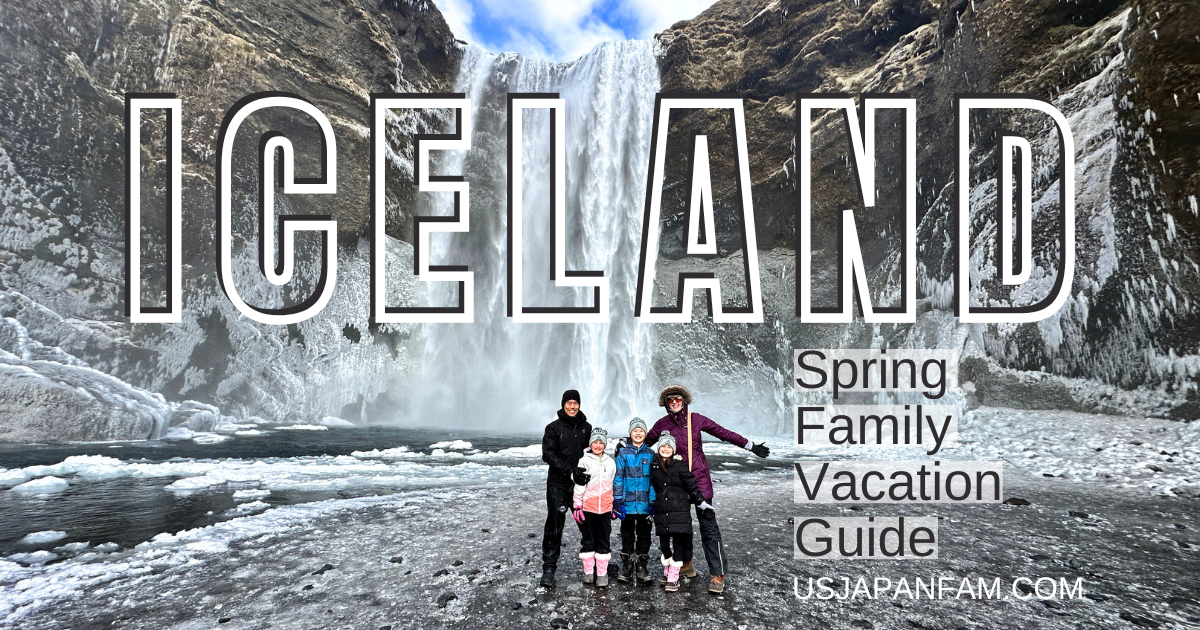
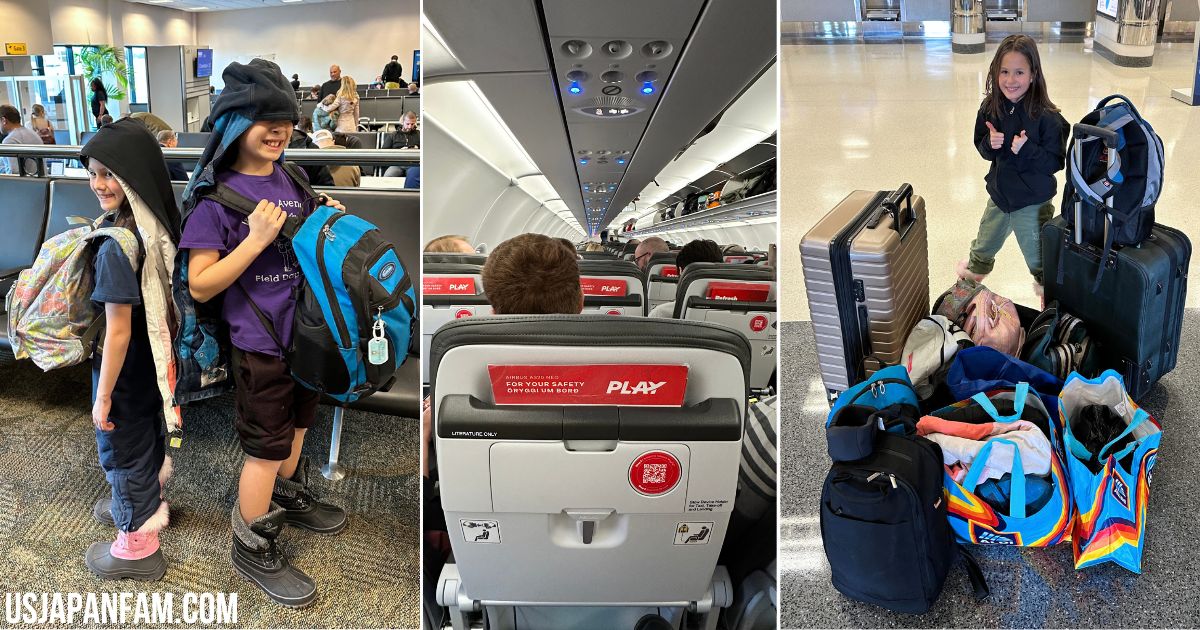
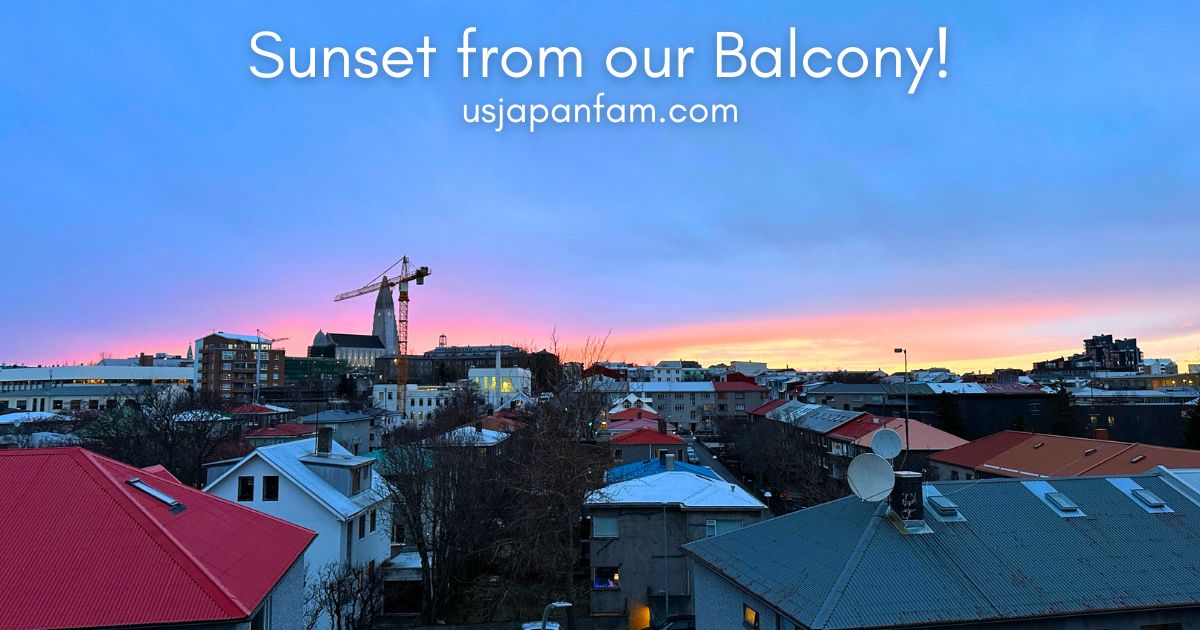
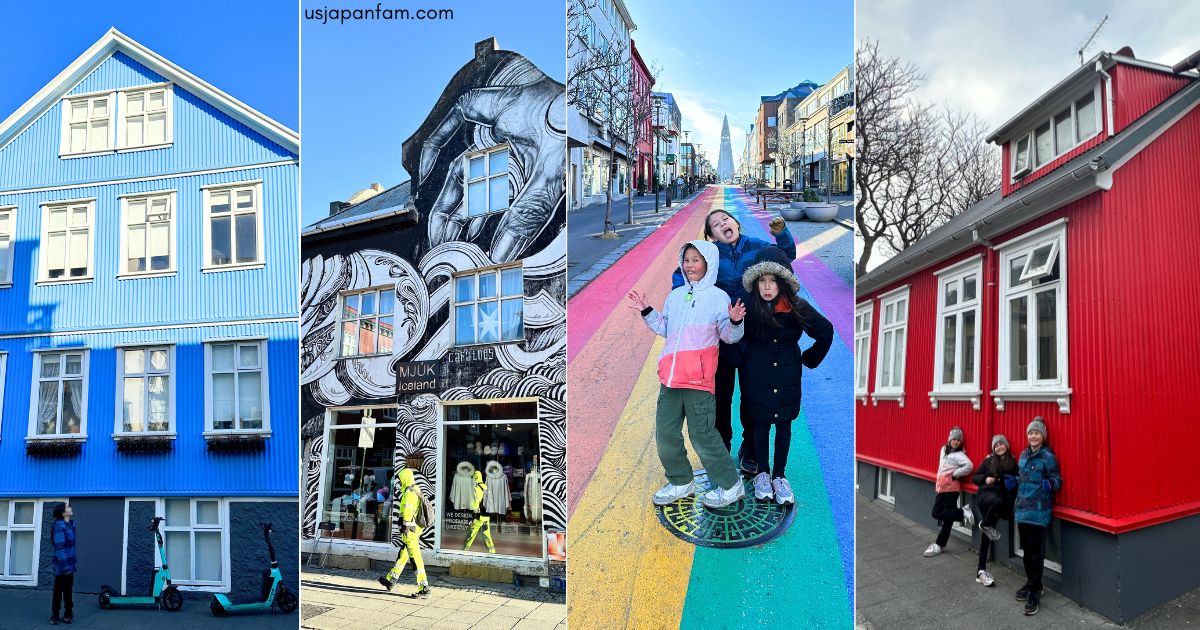
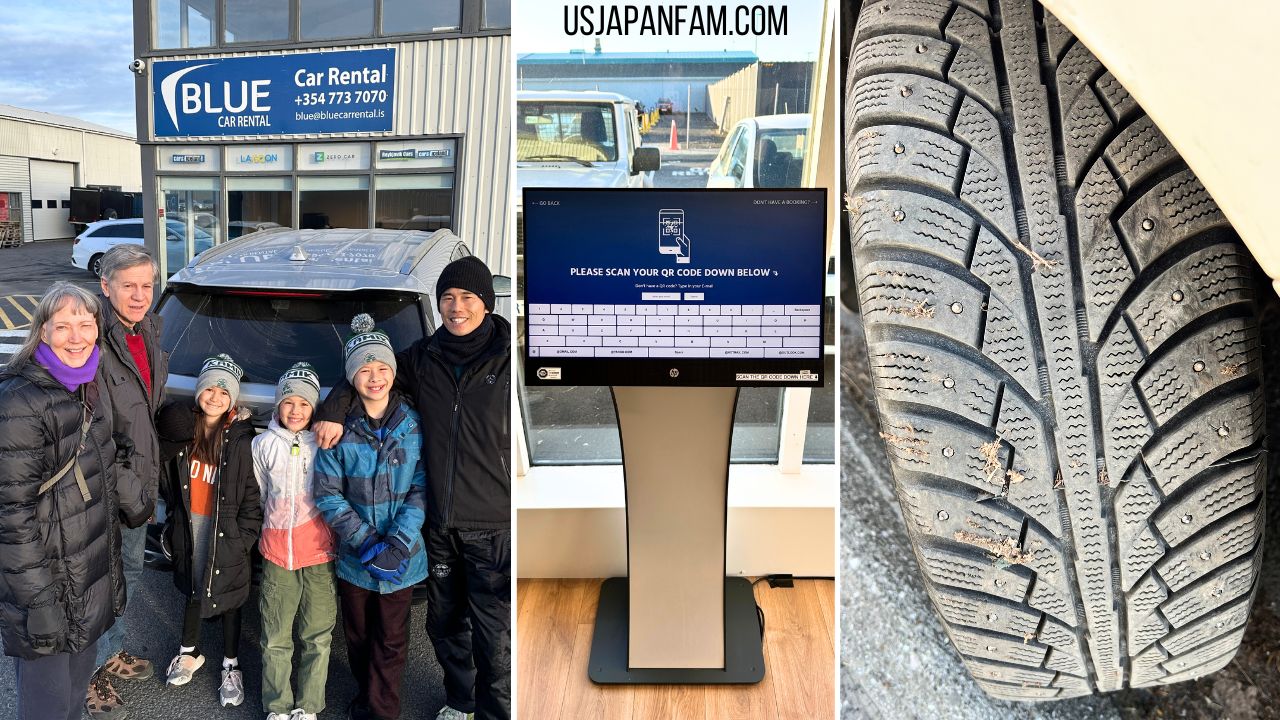
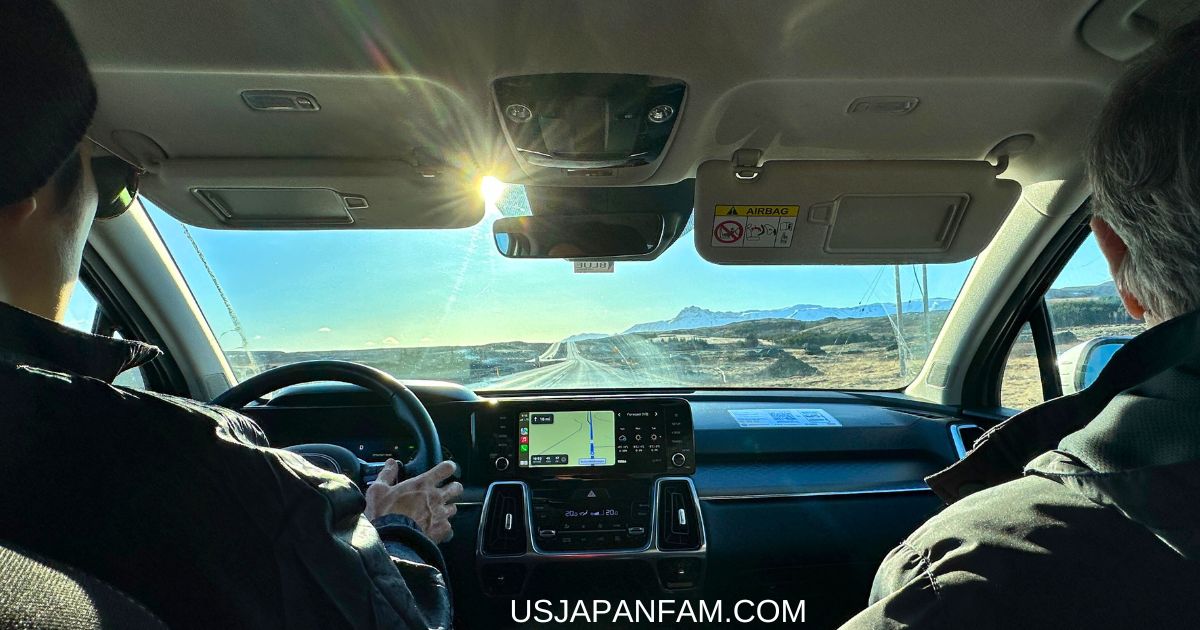
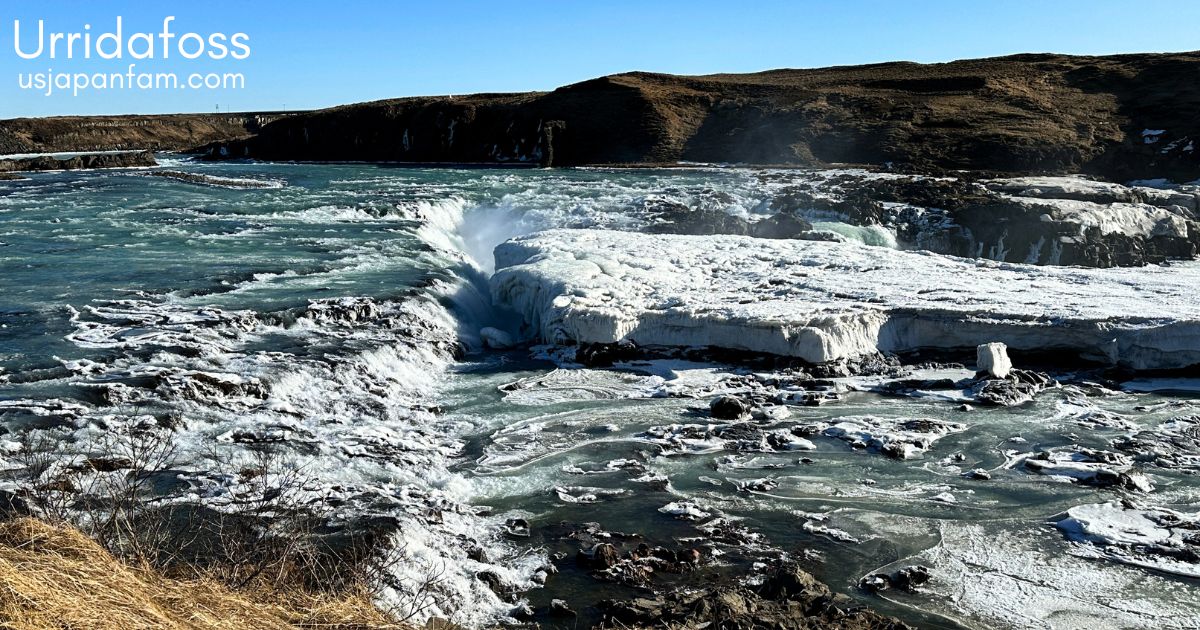
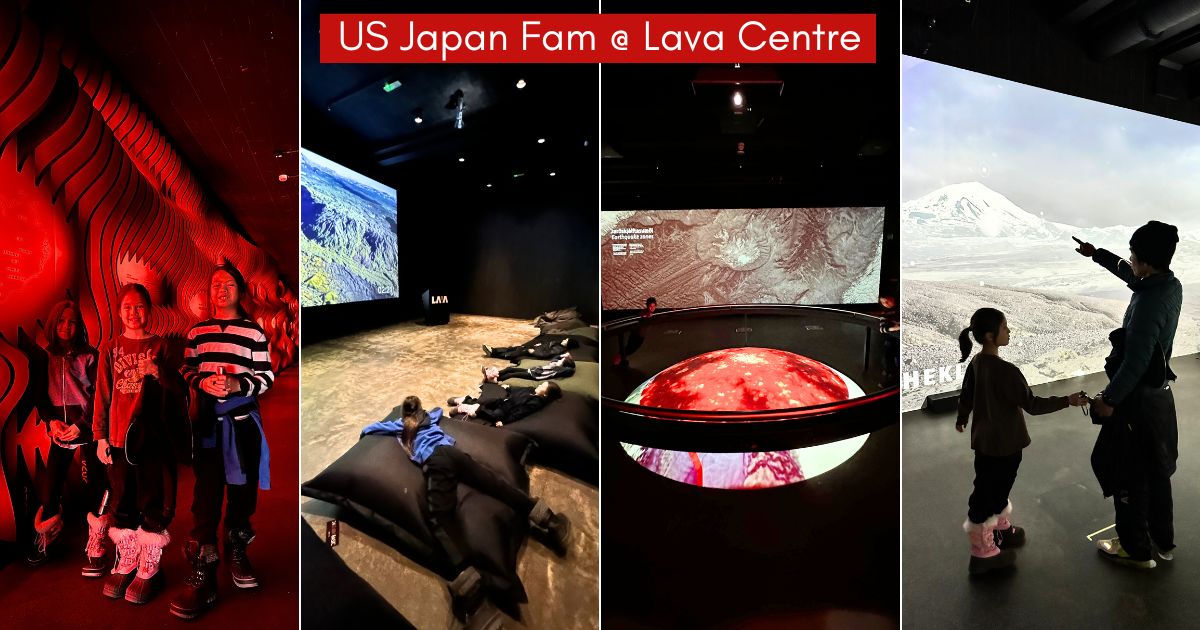
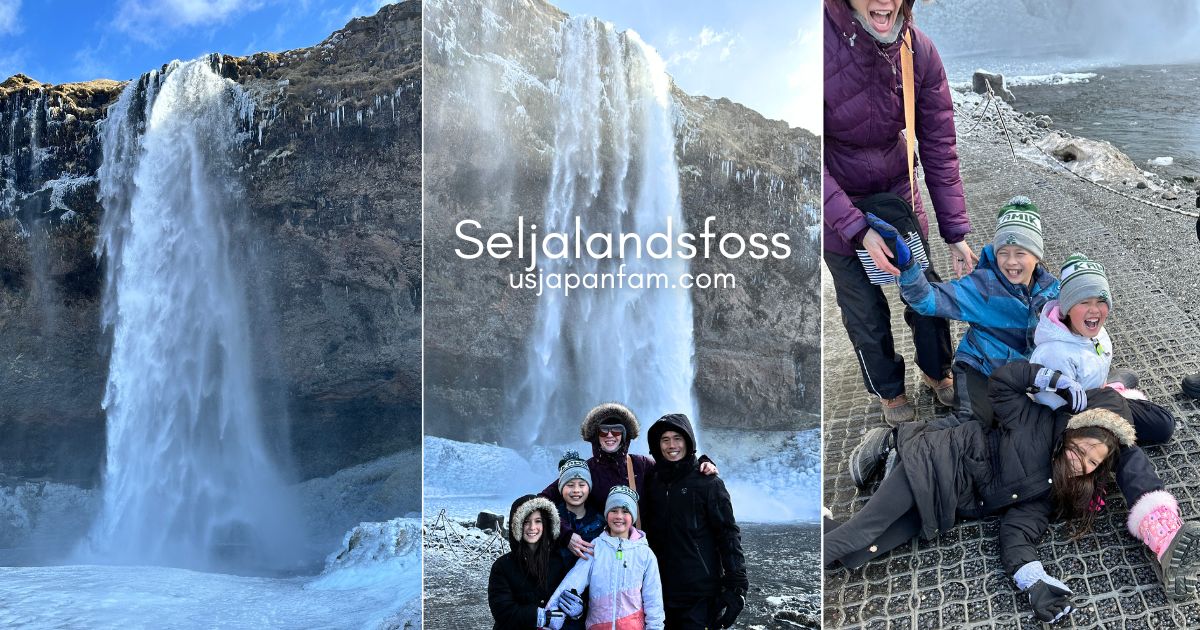
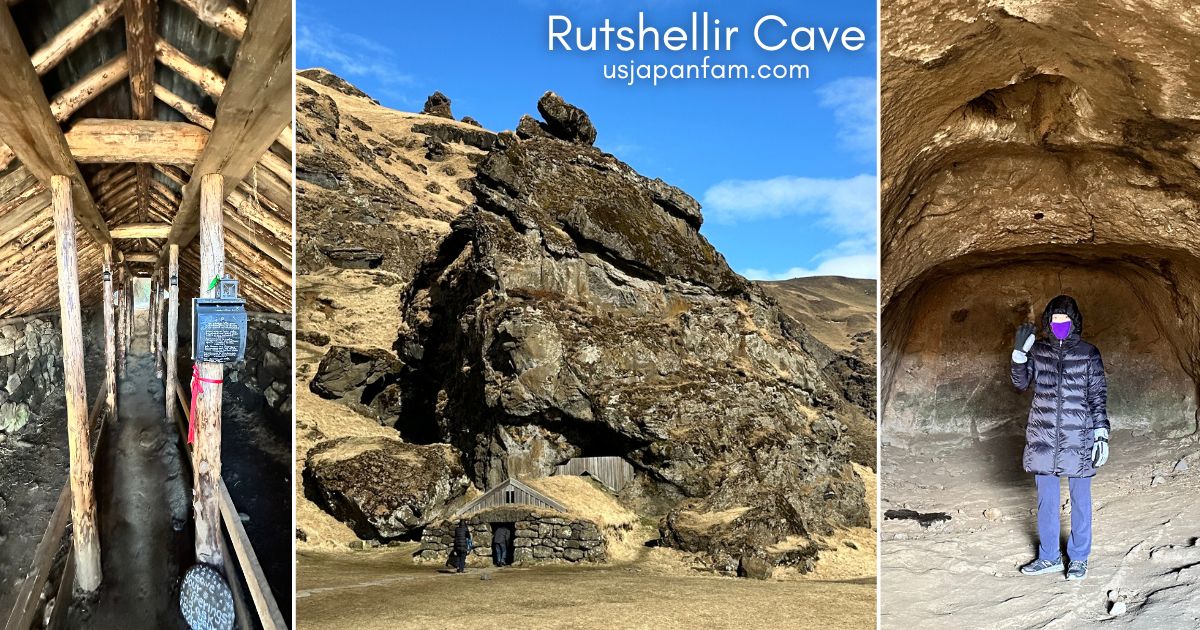
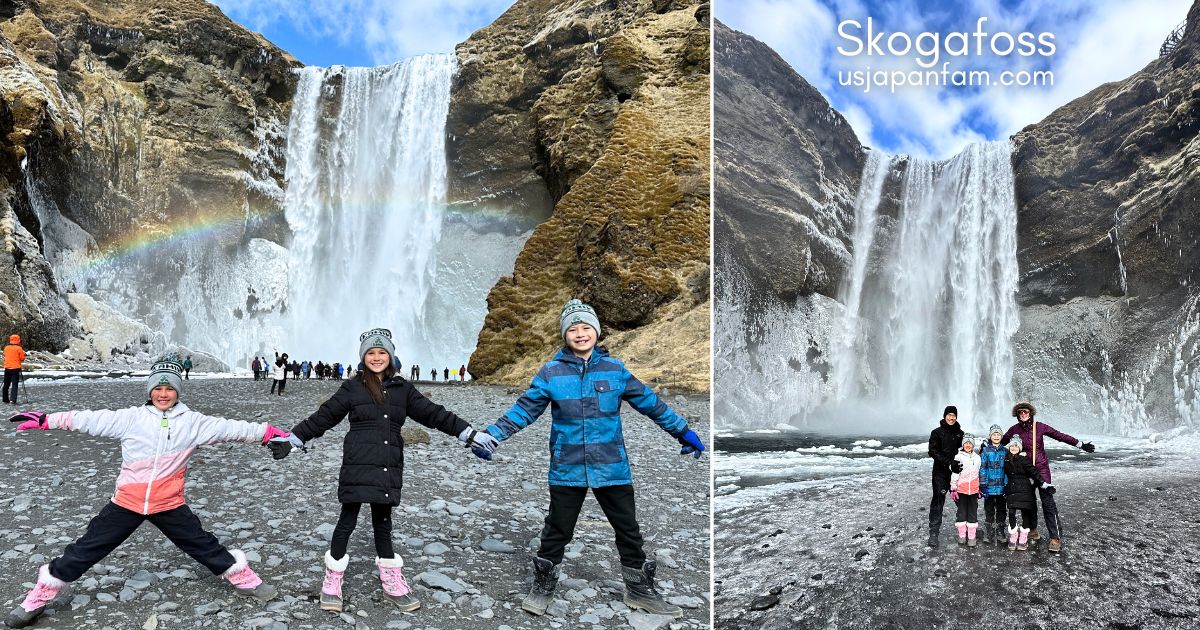
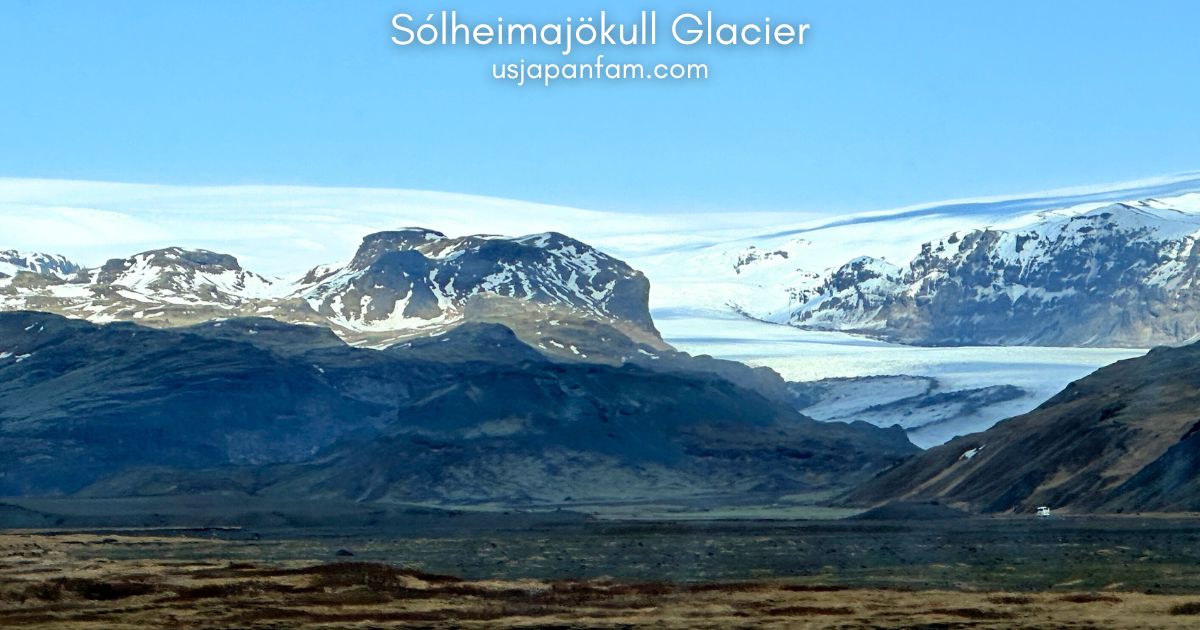
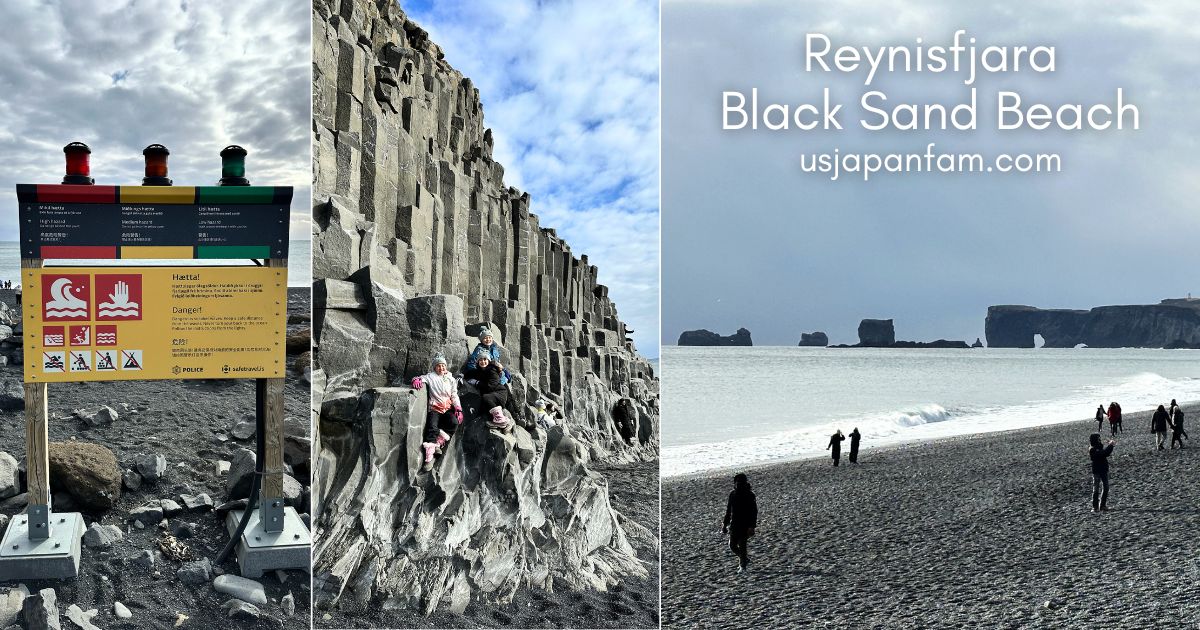
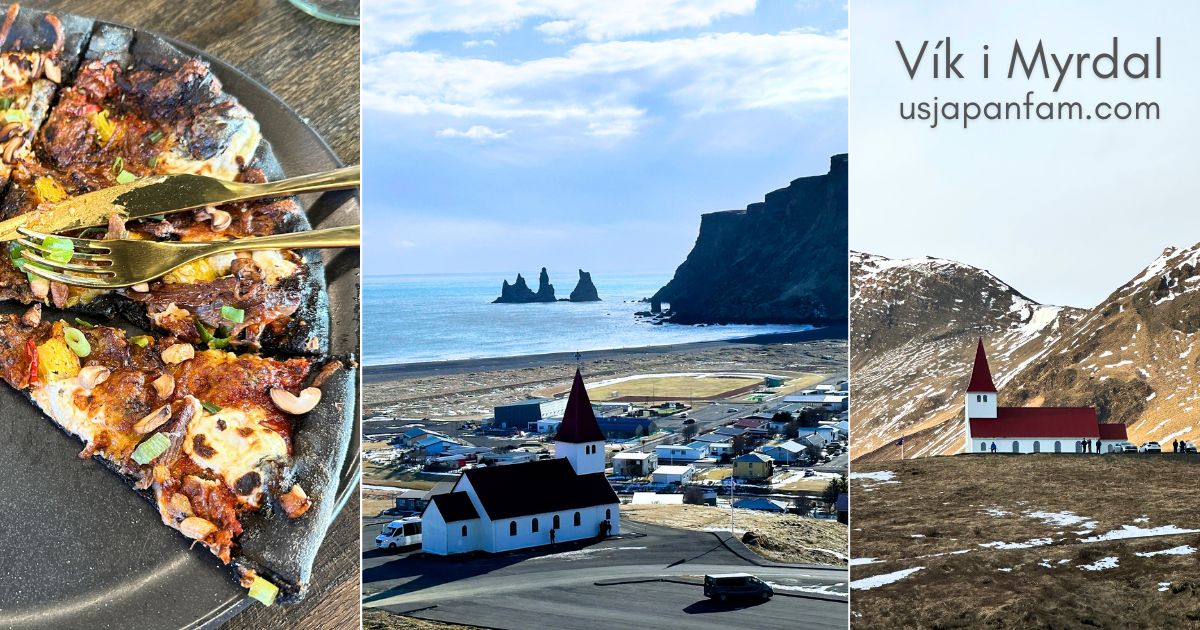
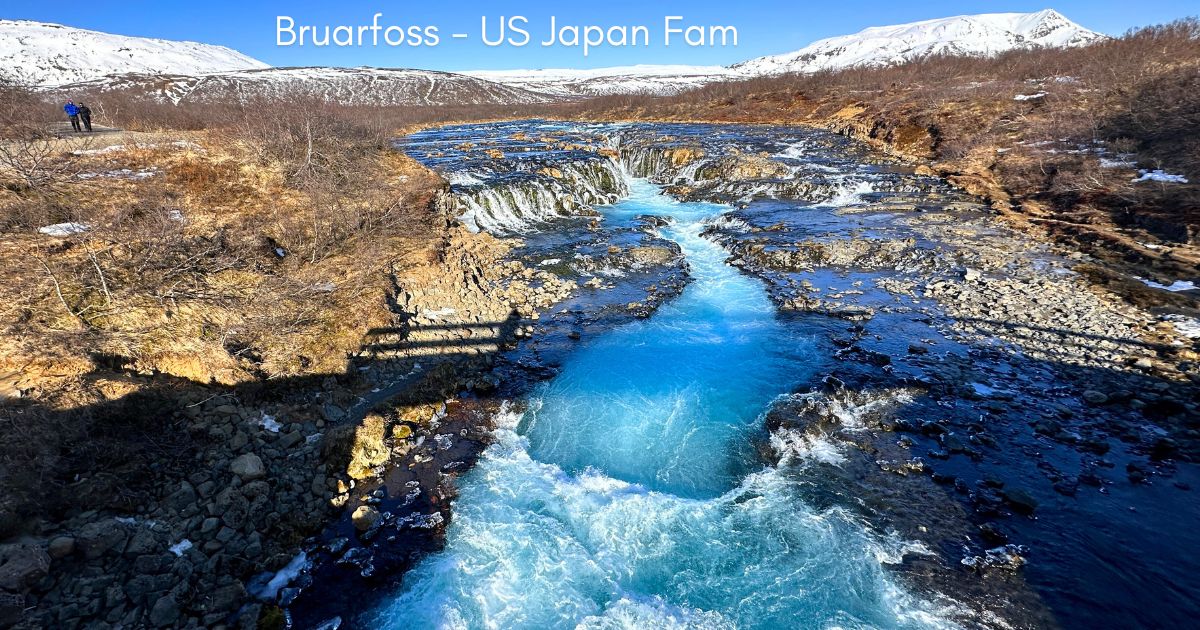
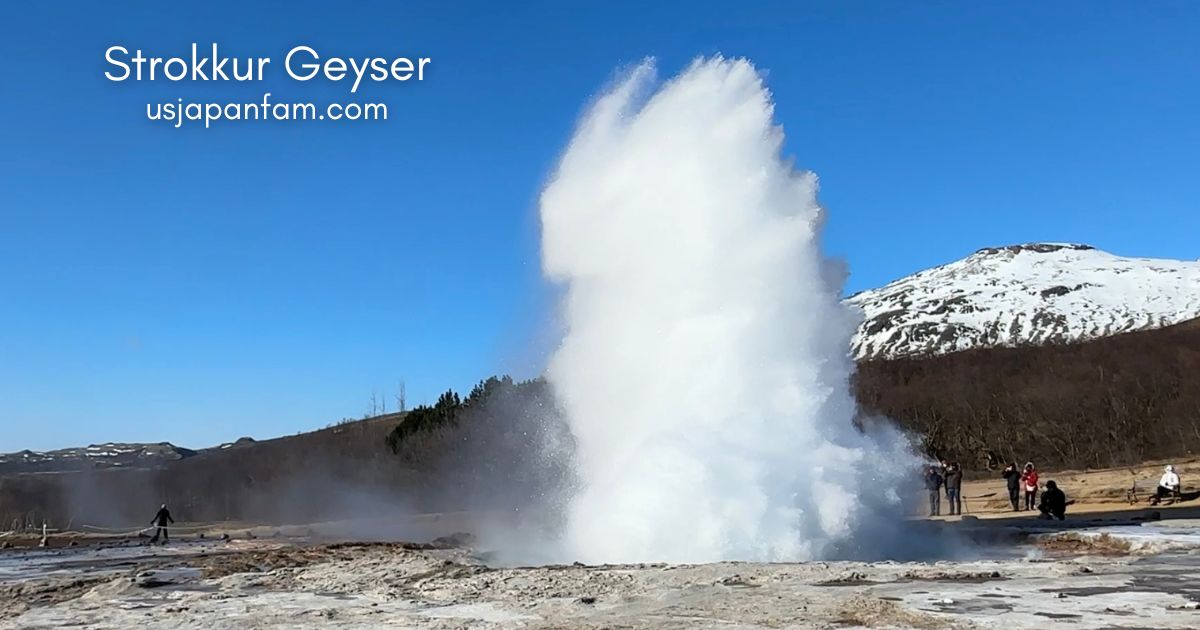
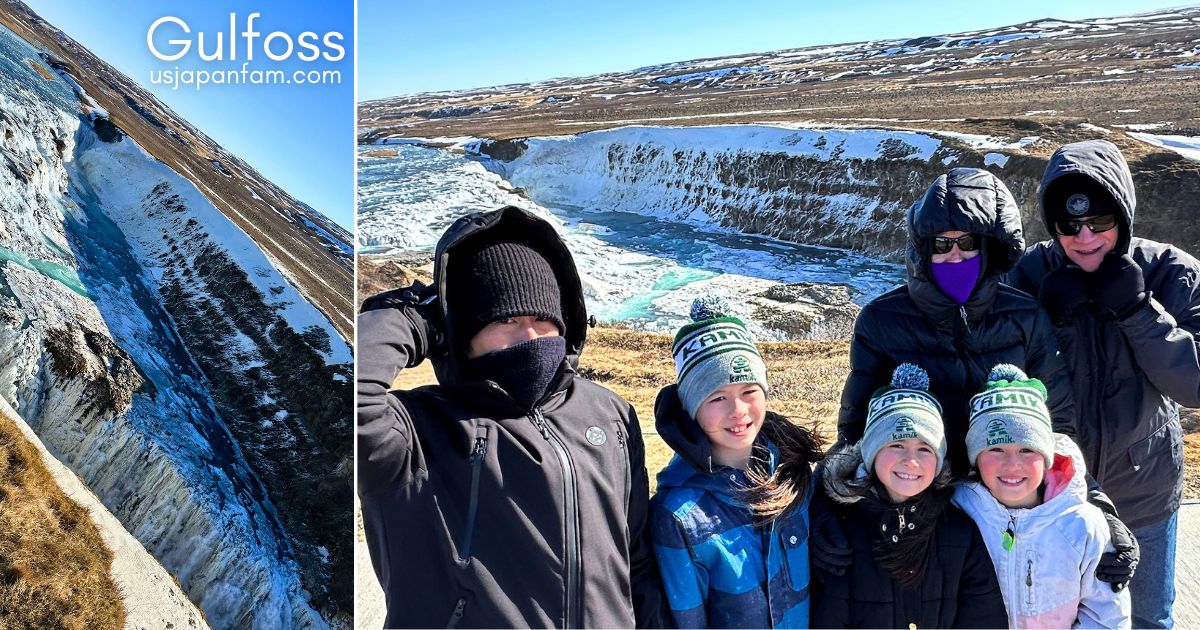
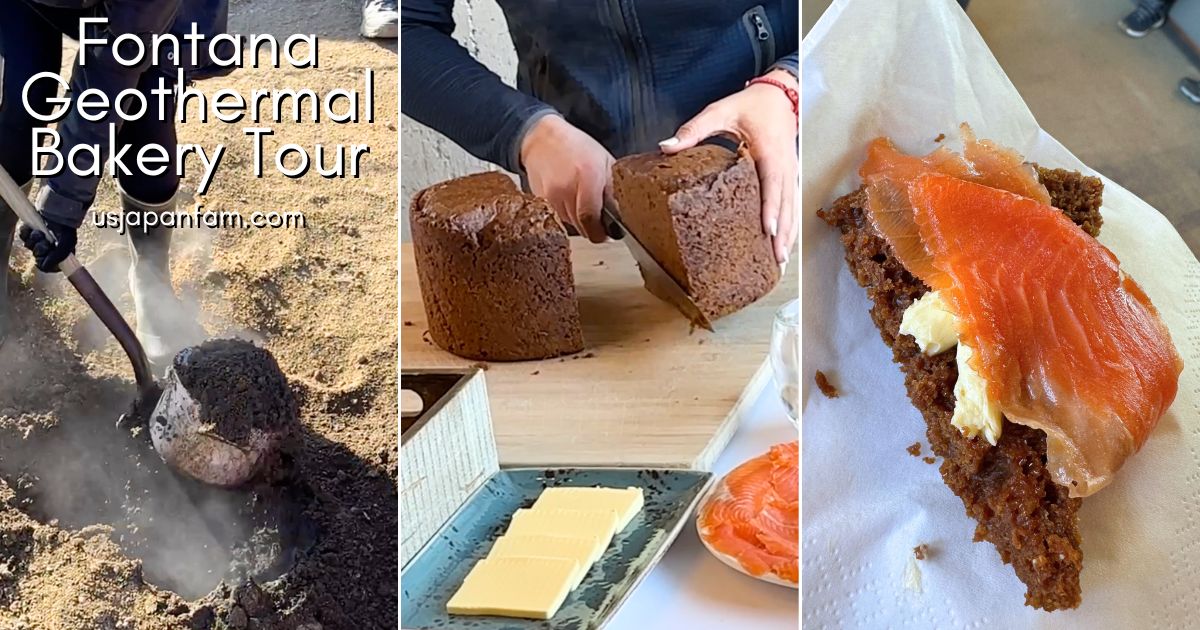
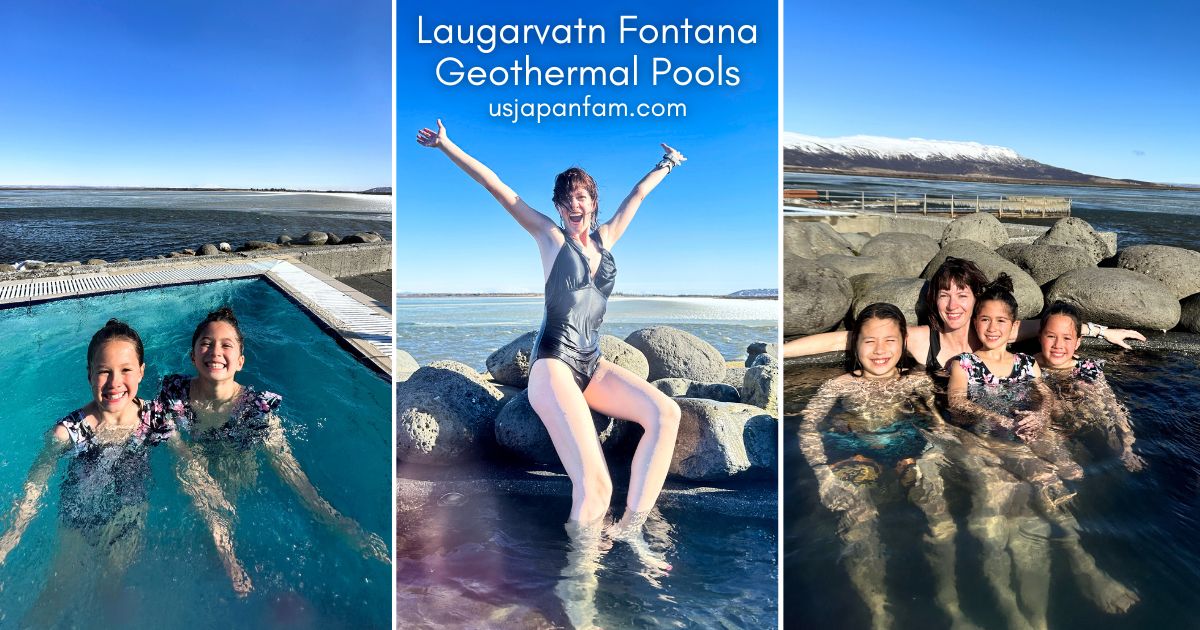
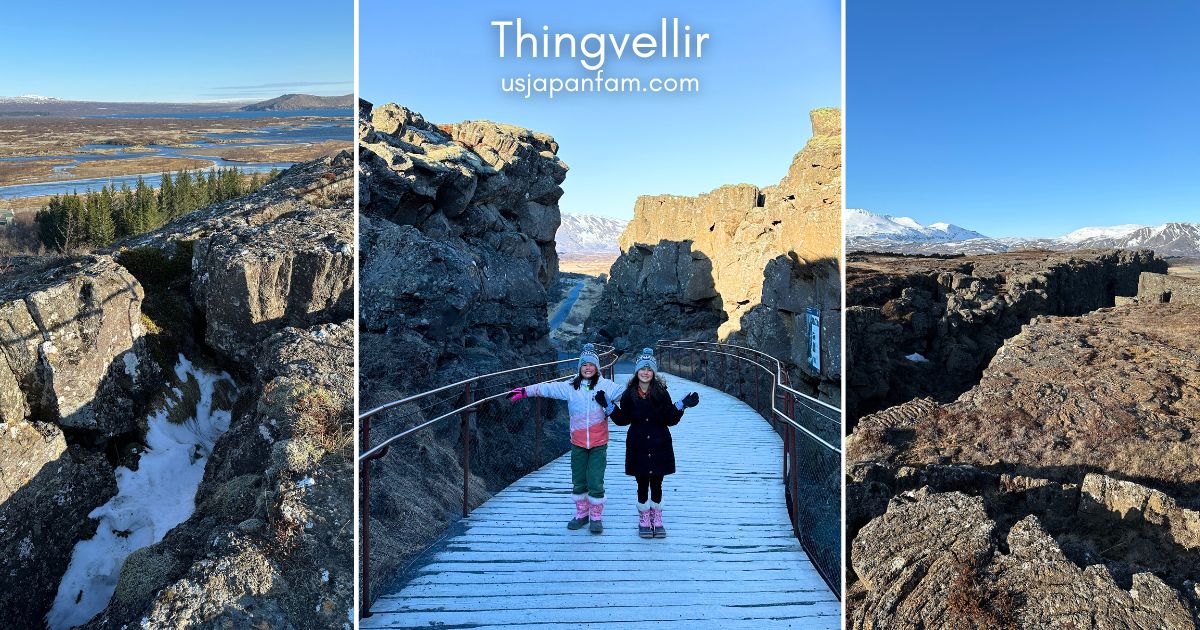
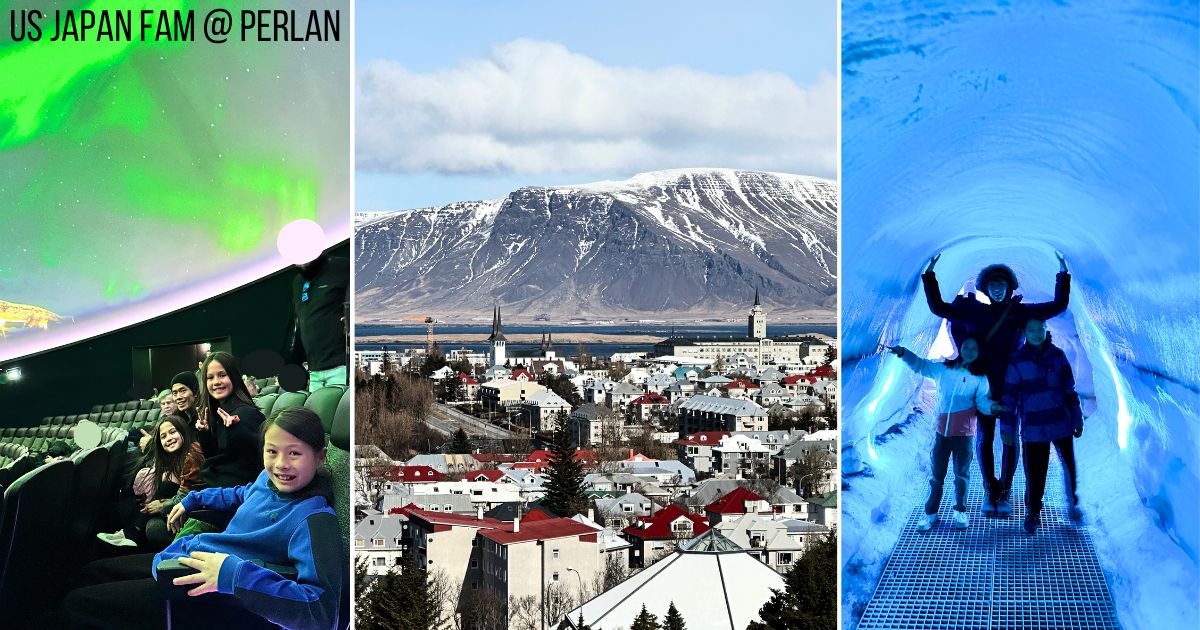
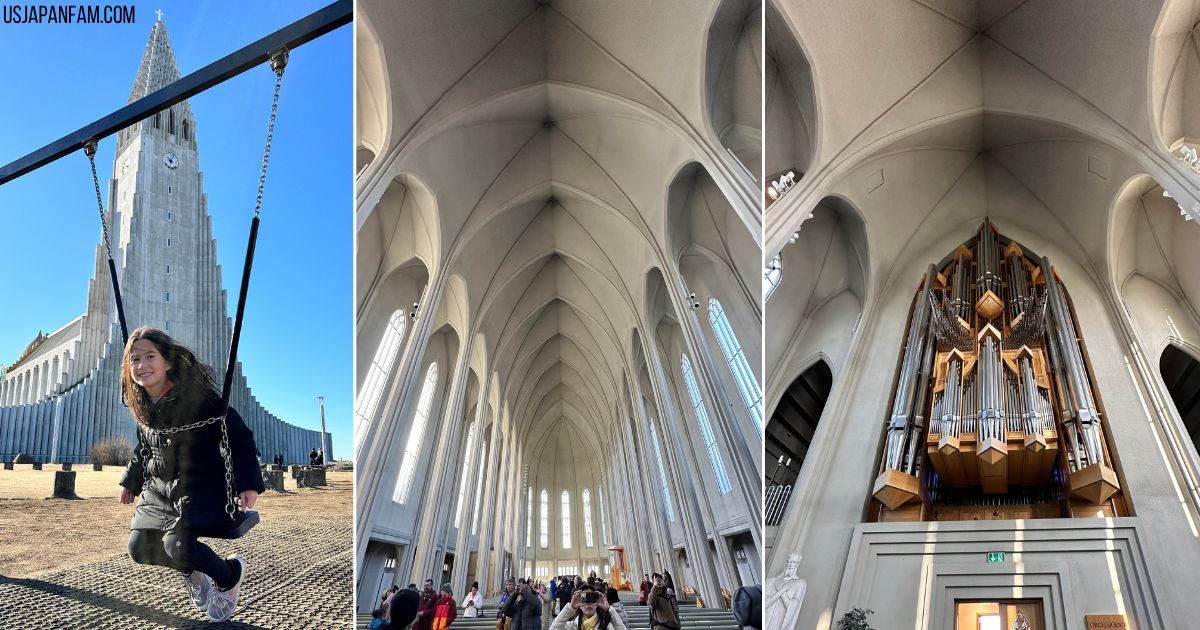
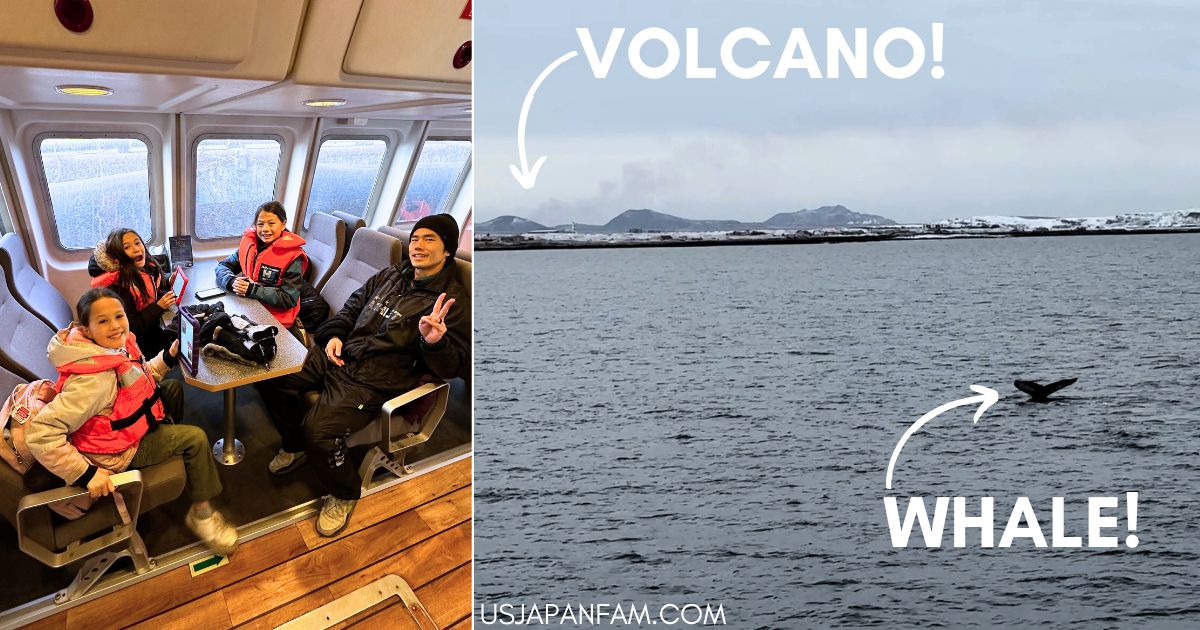
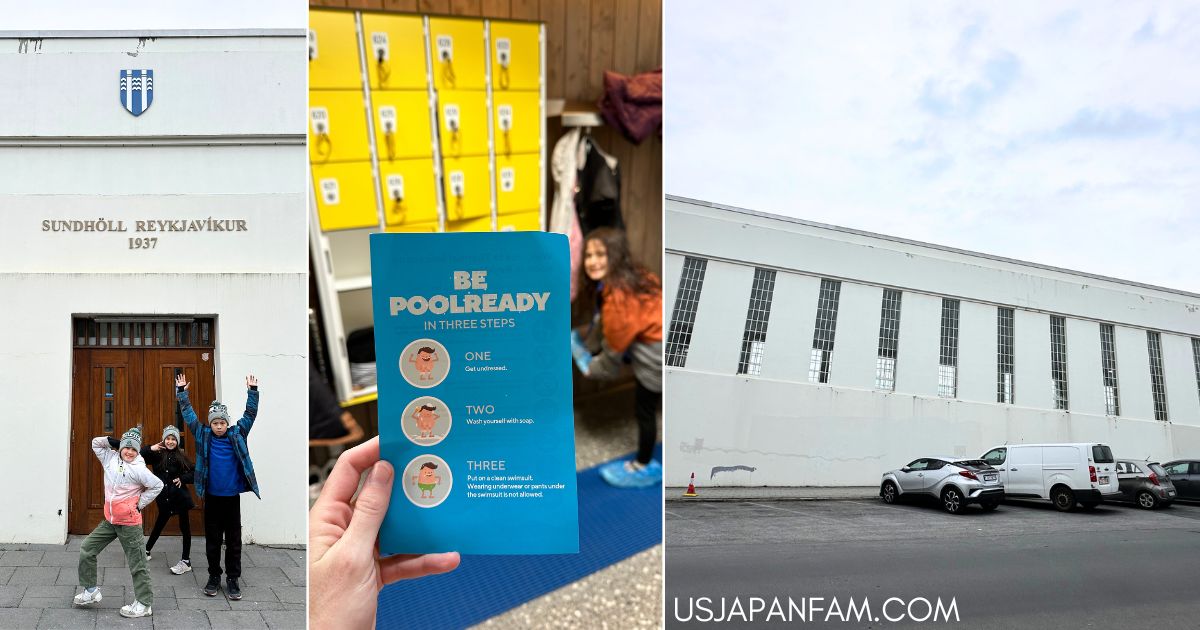
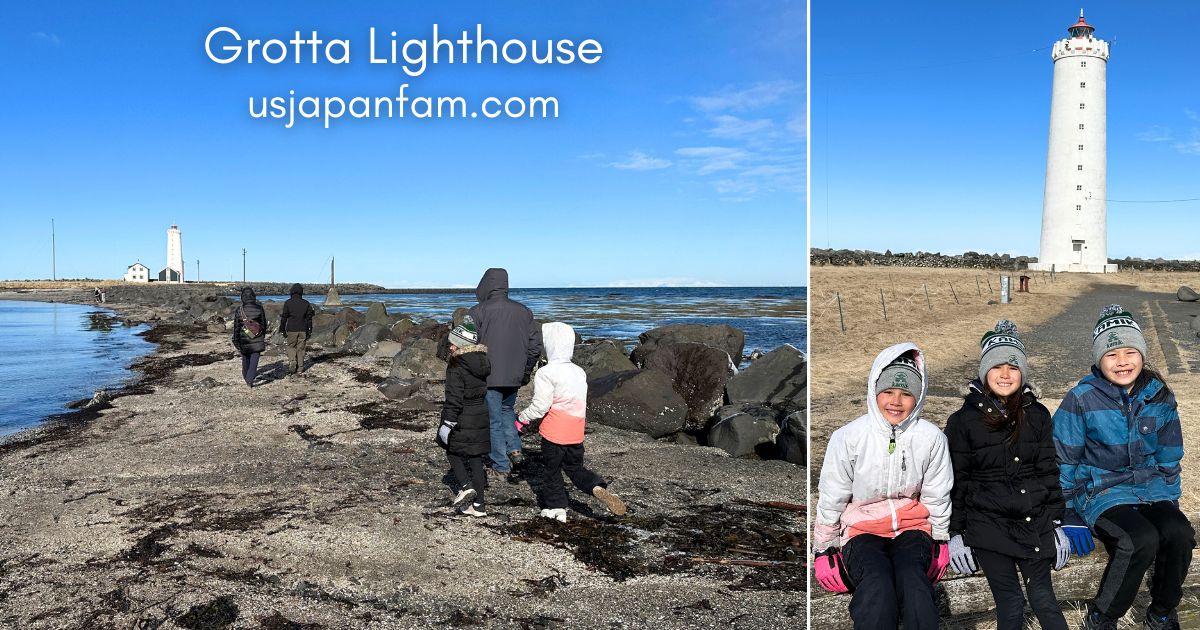
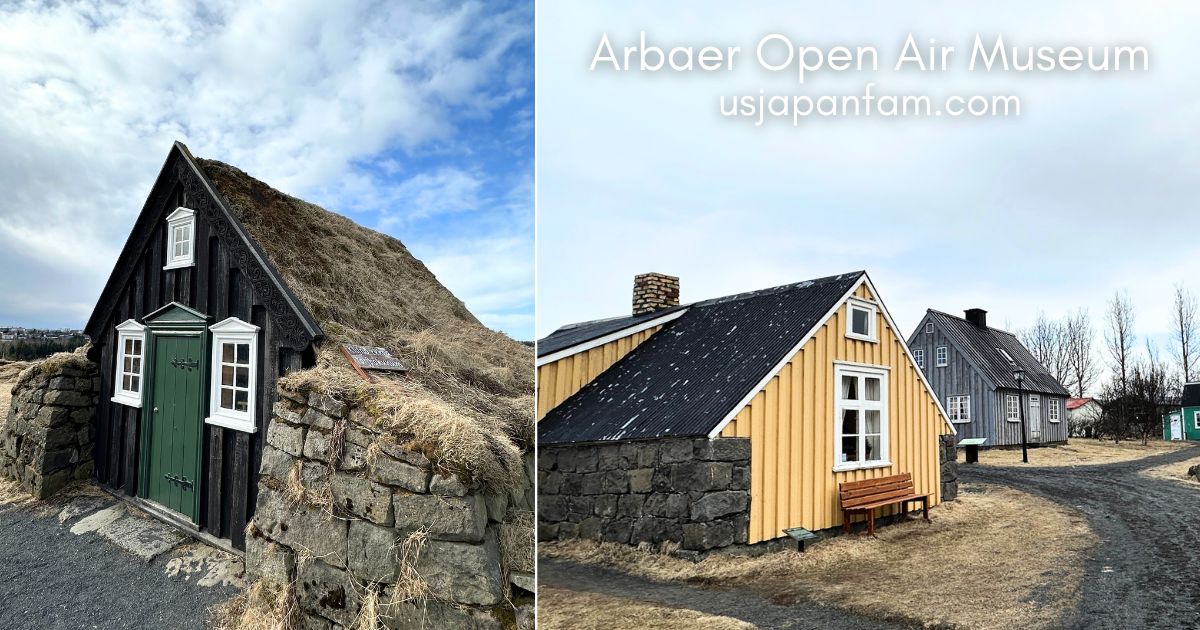

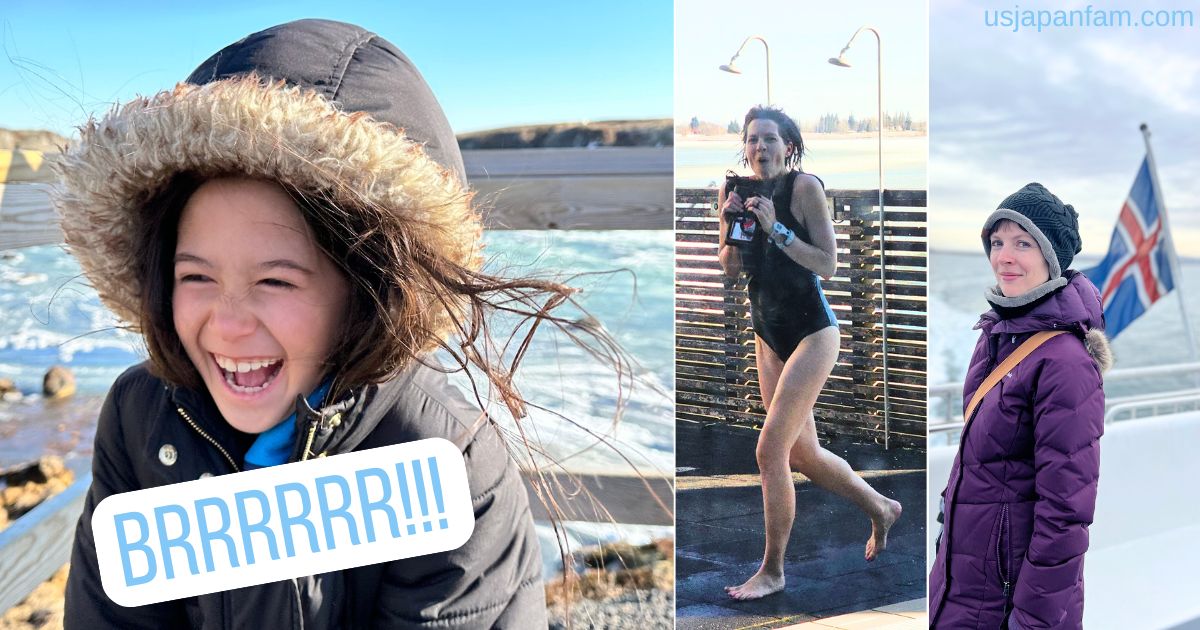
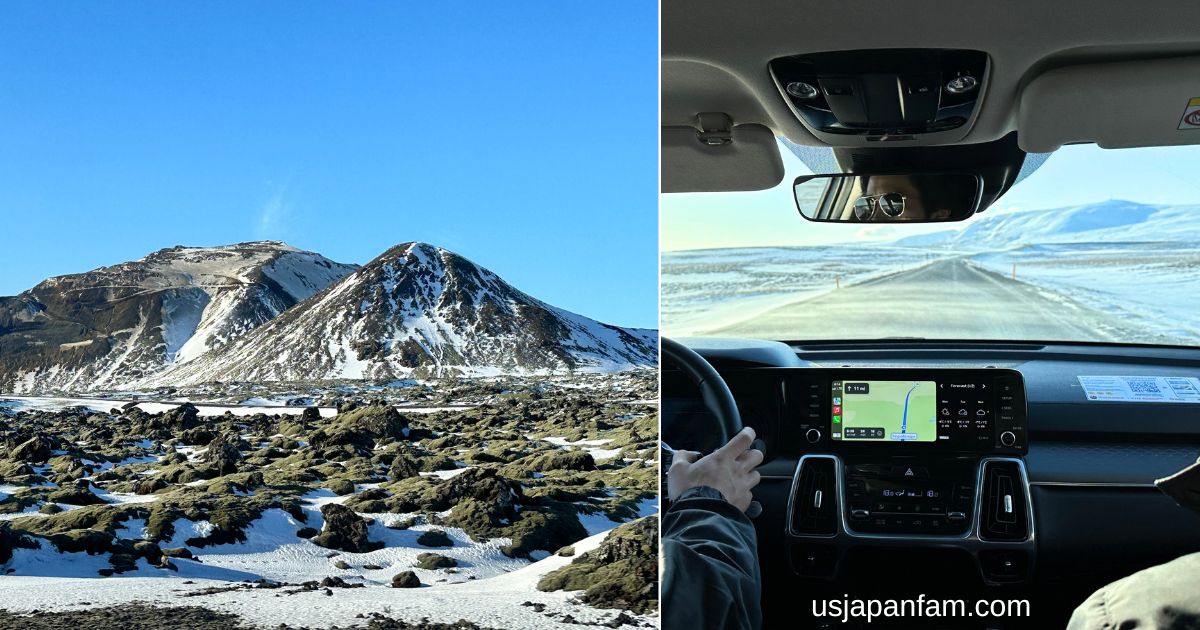
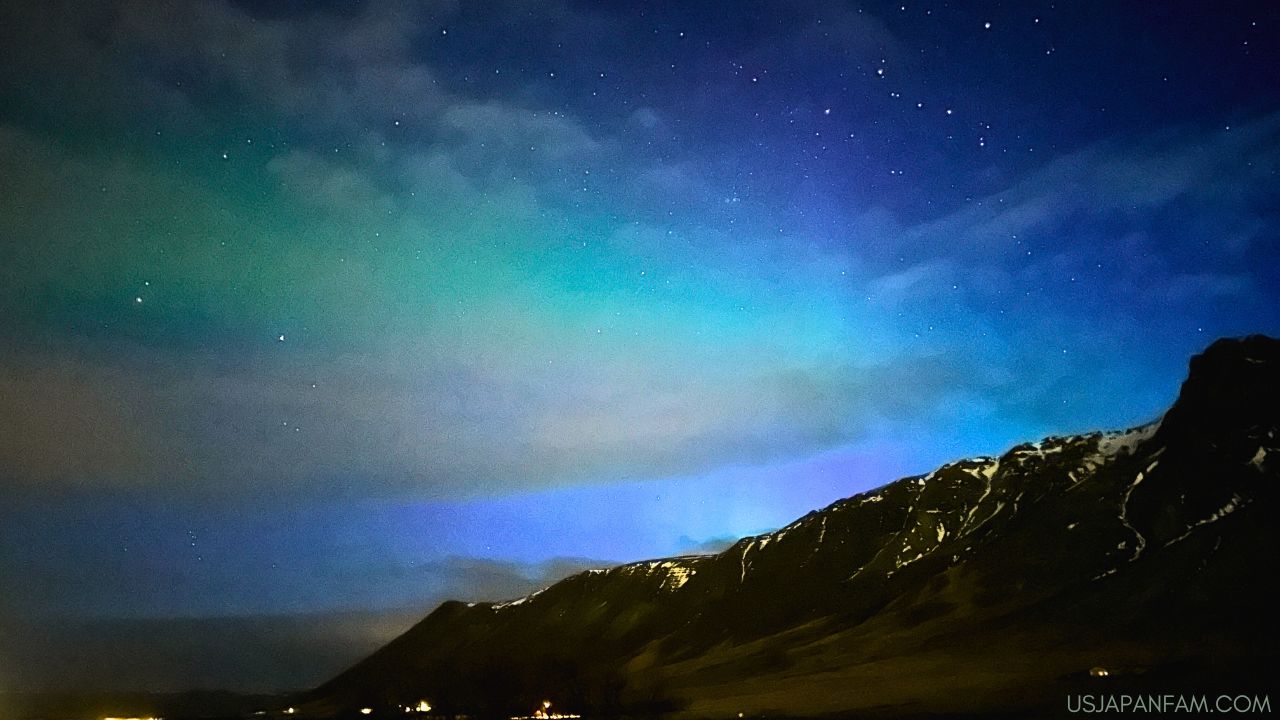
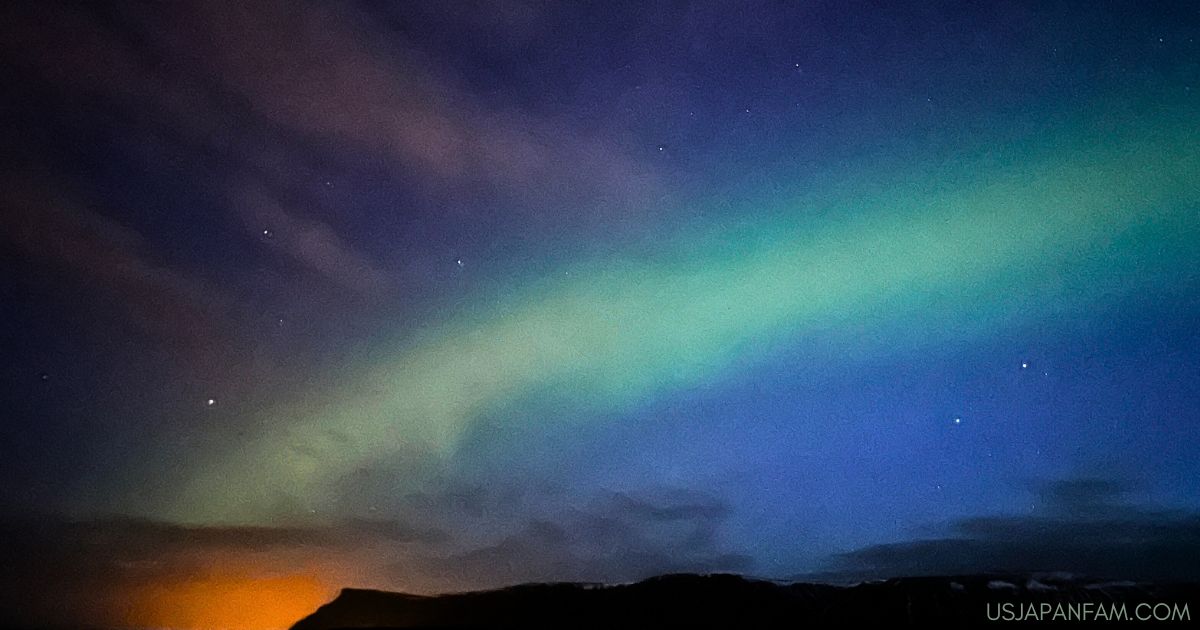
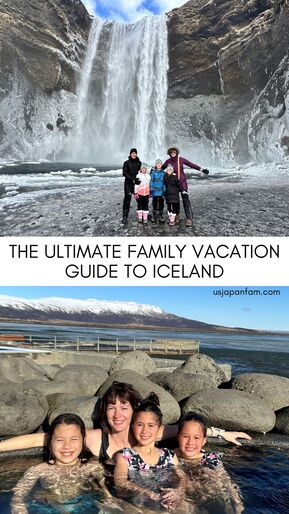



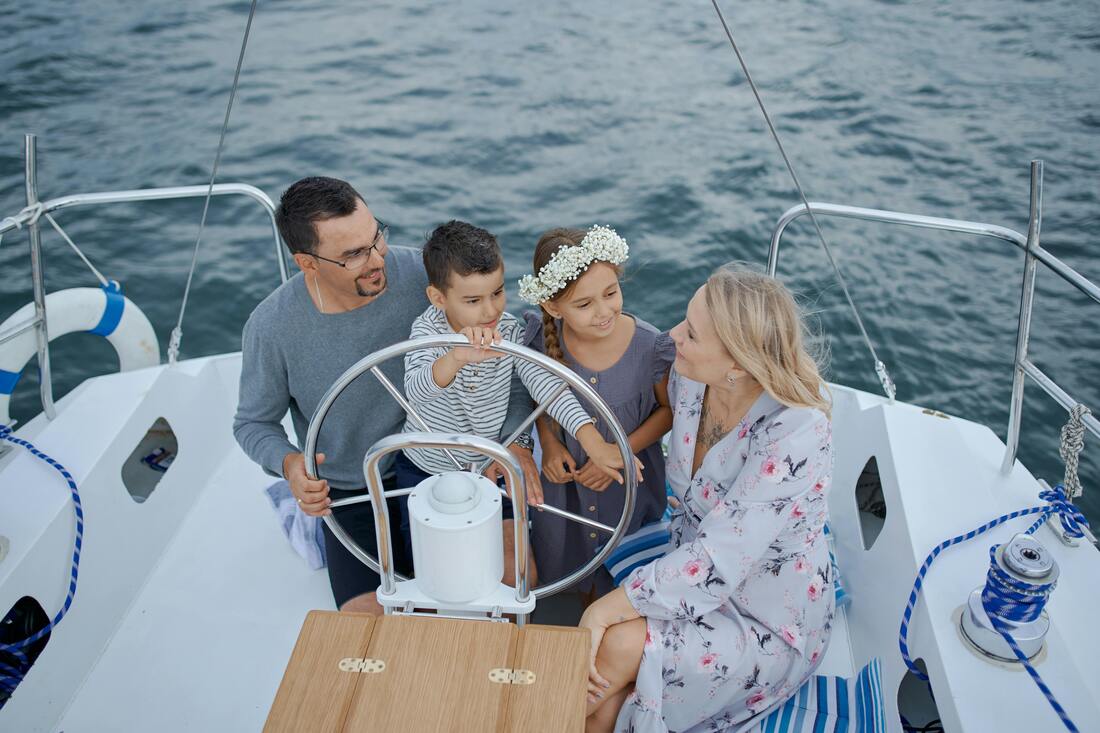

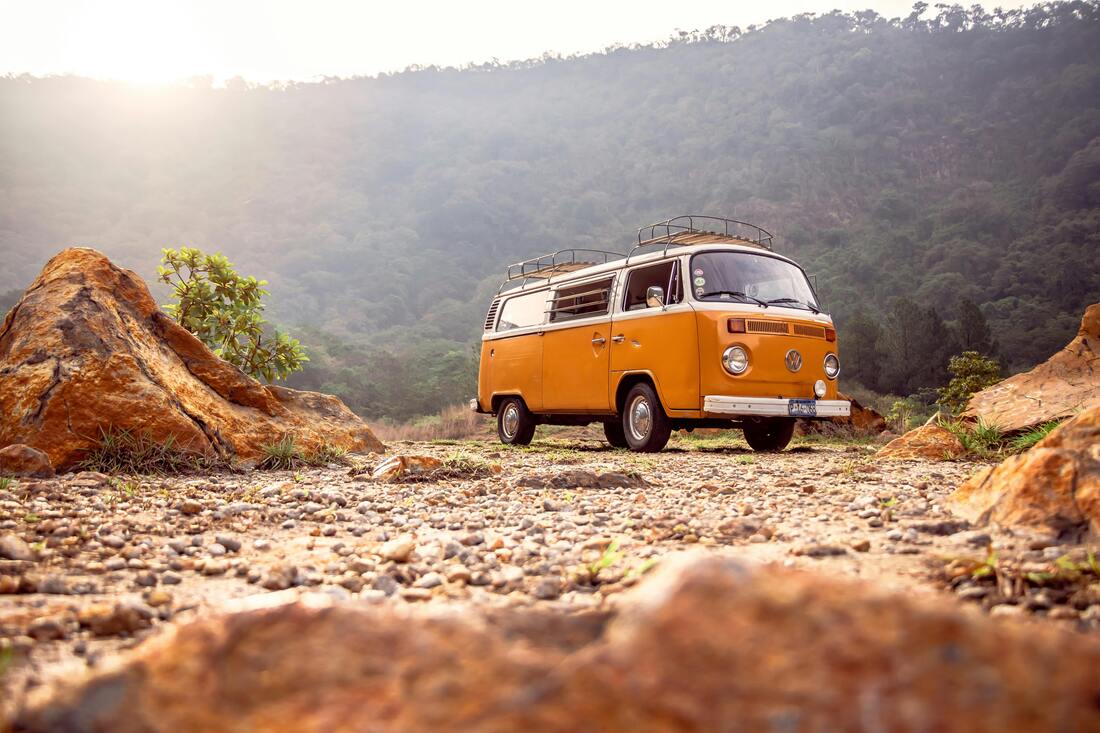










 RSS Feed
RSS Feed



